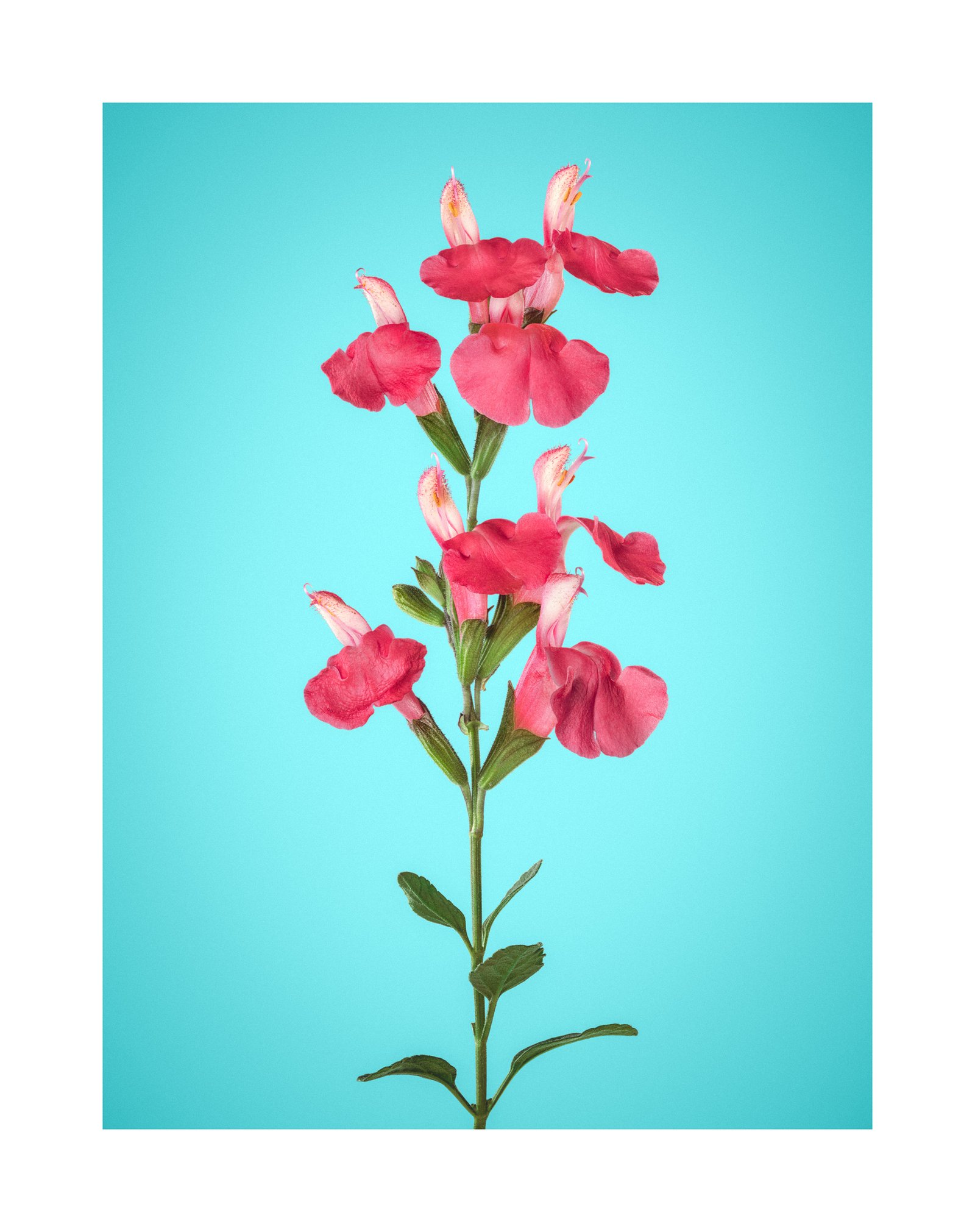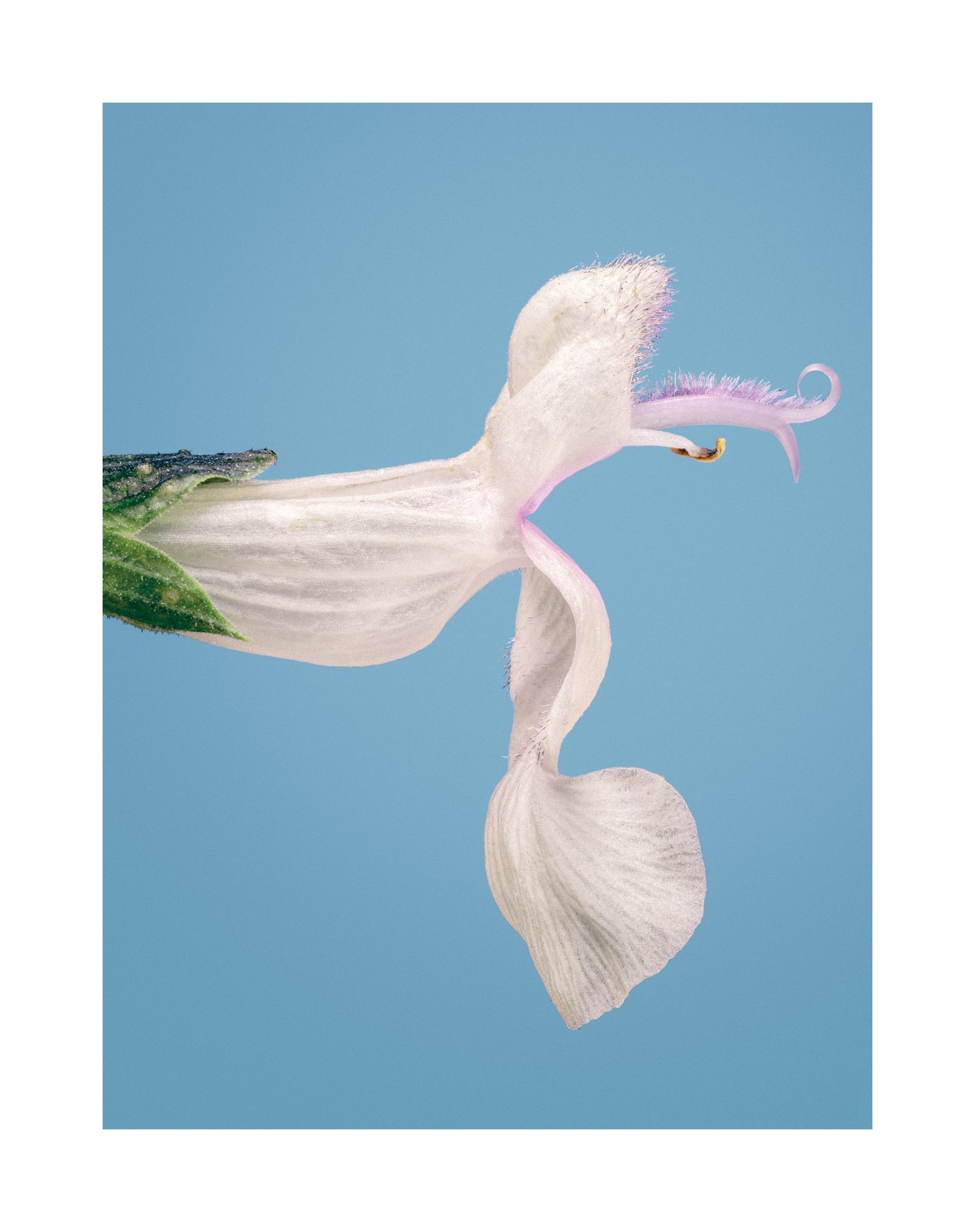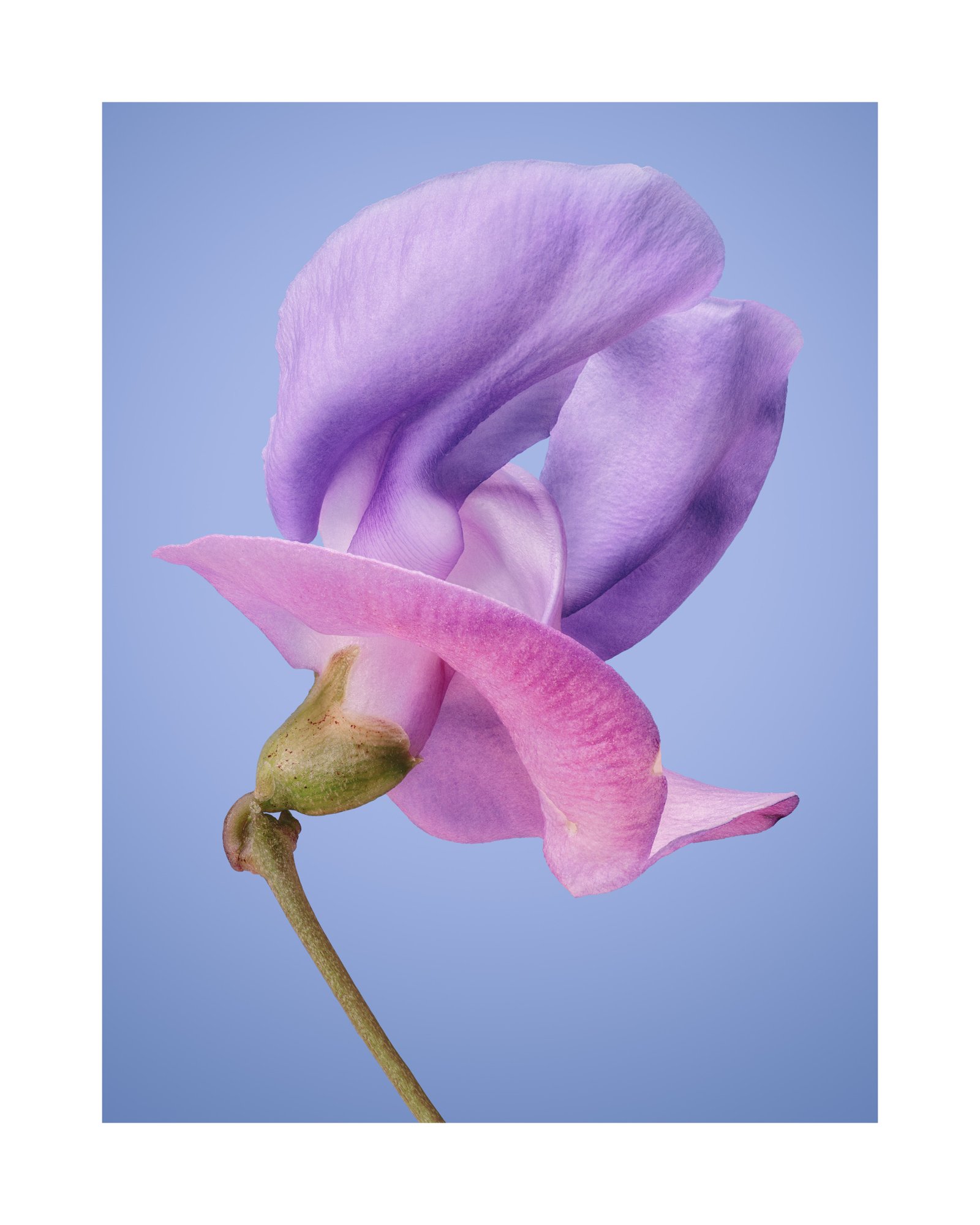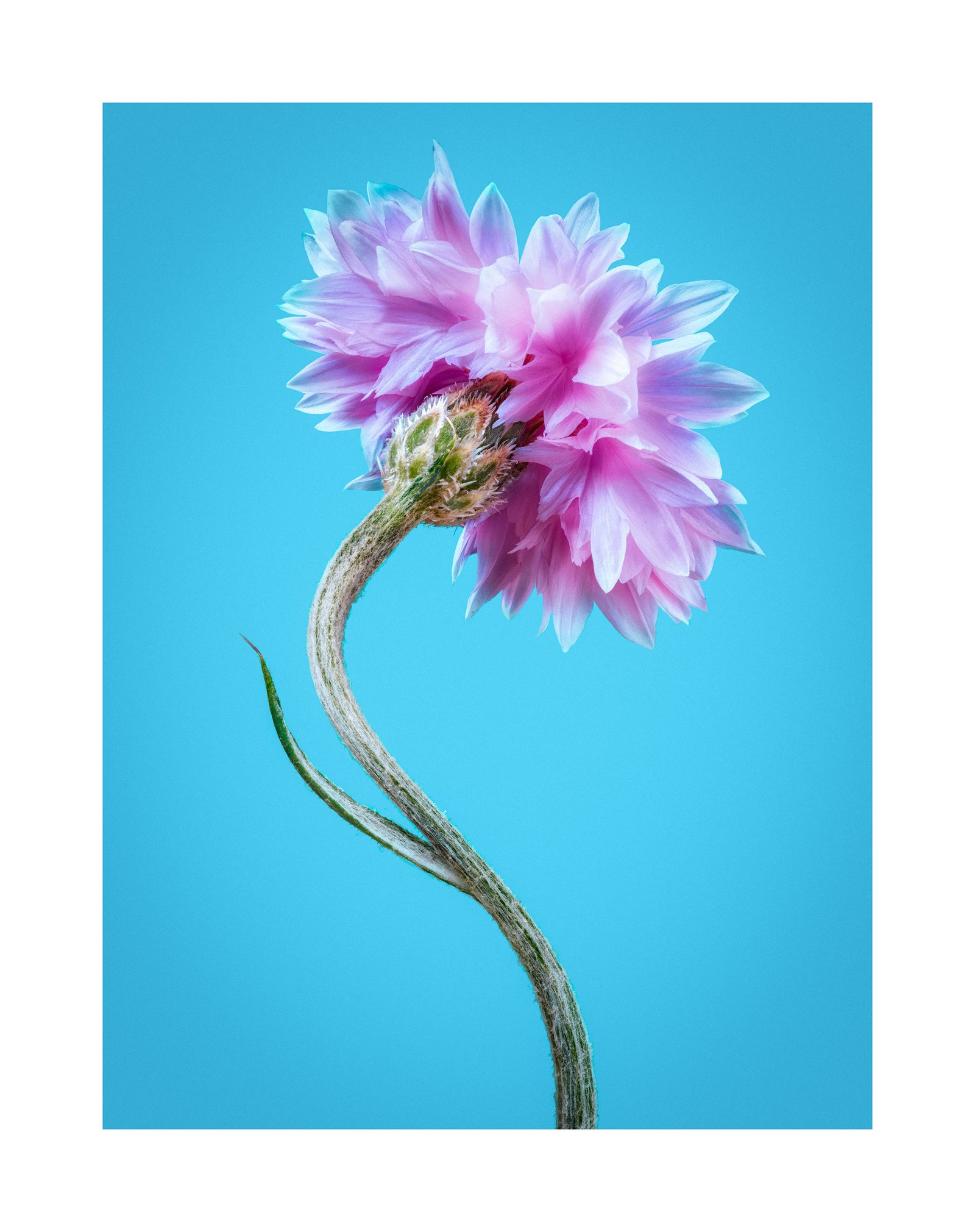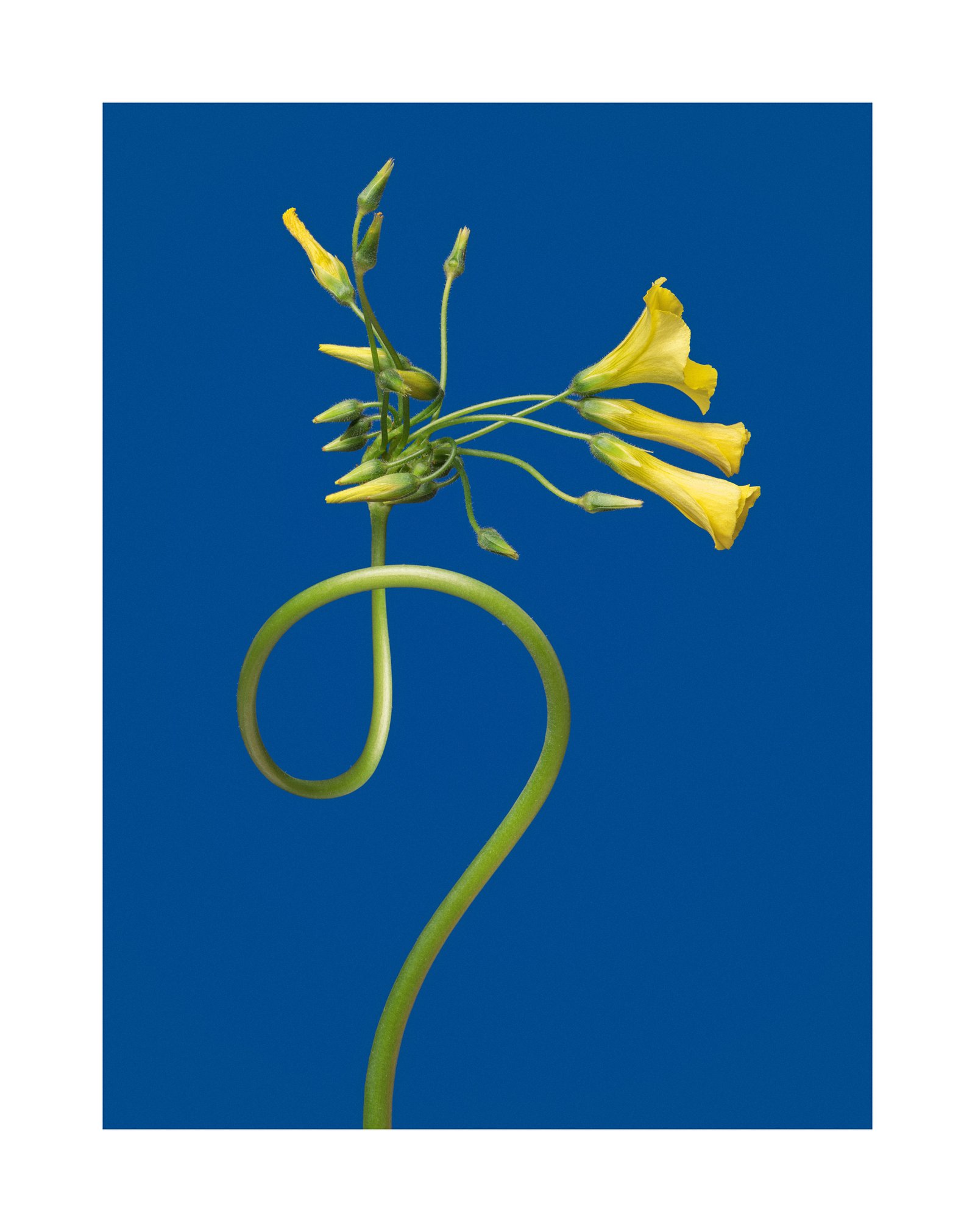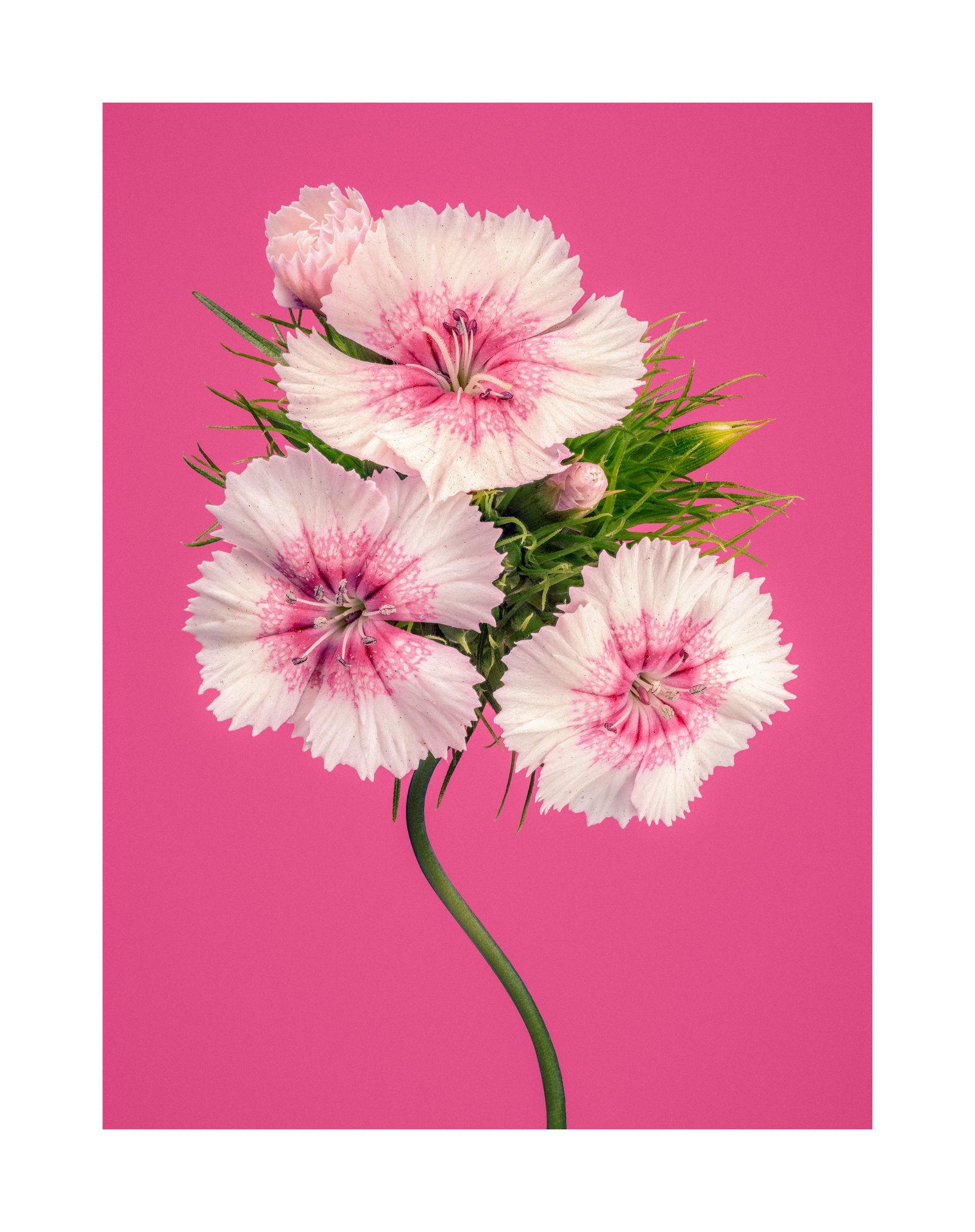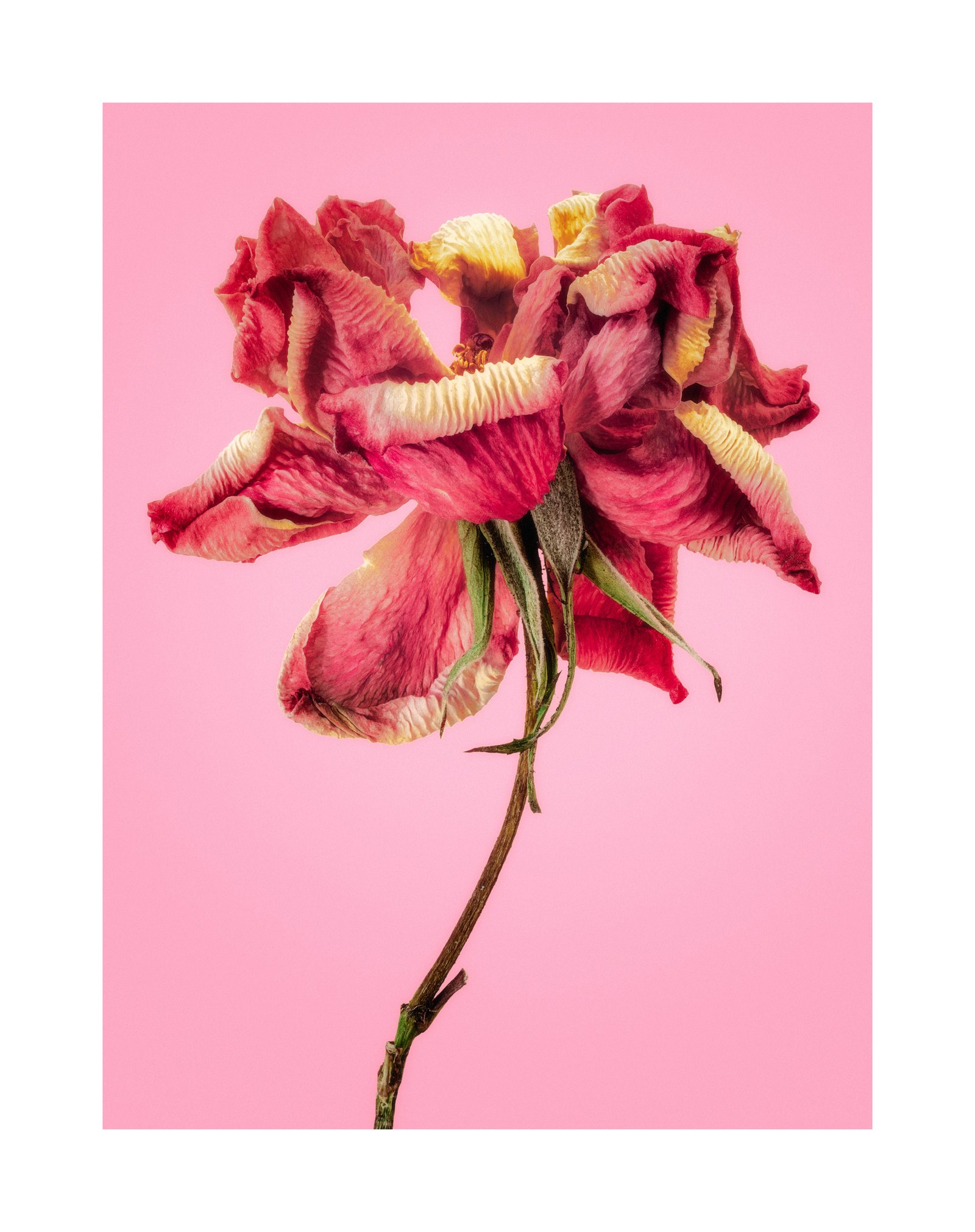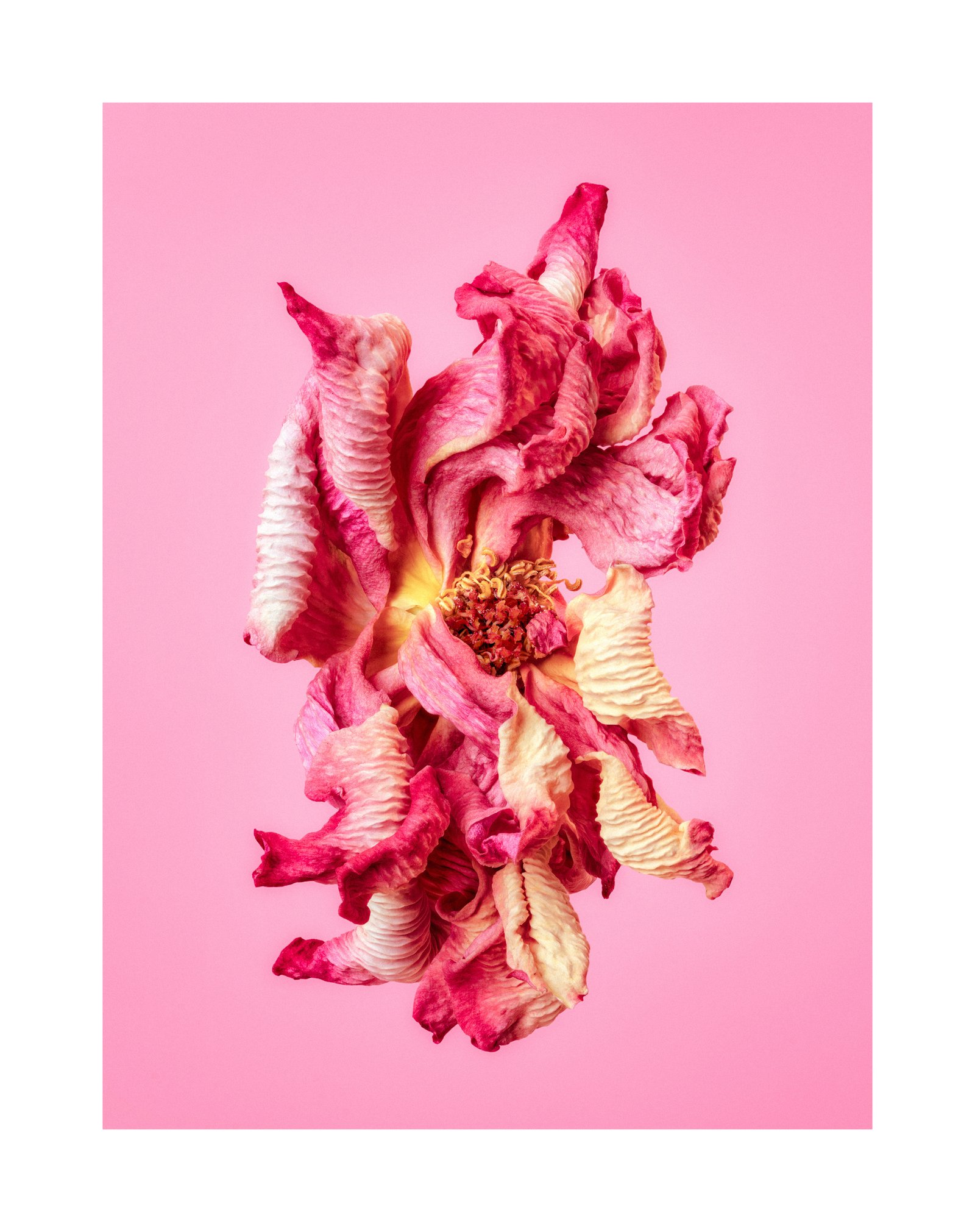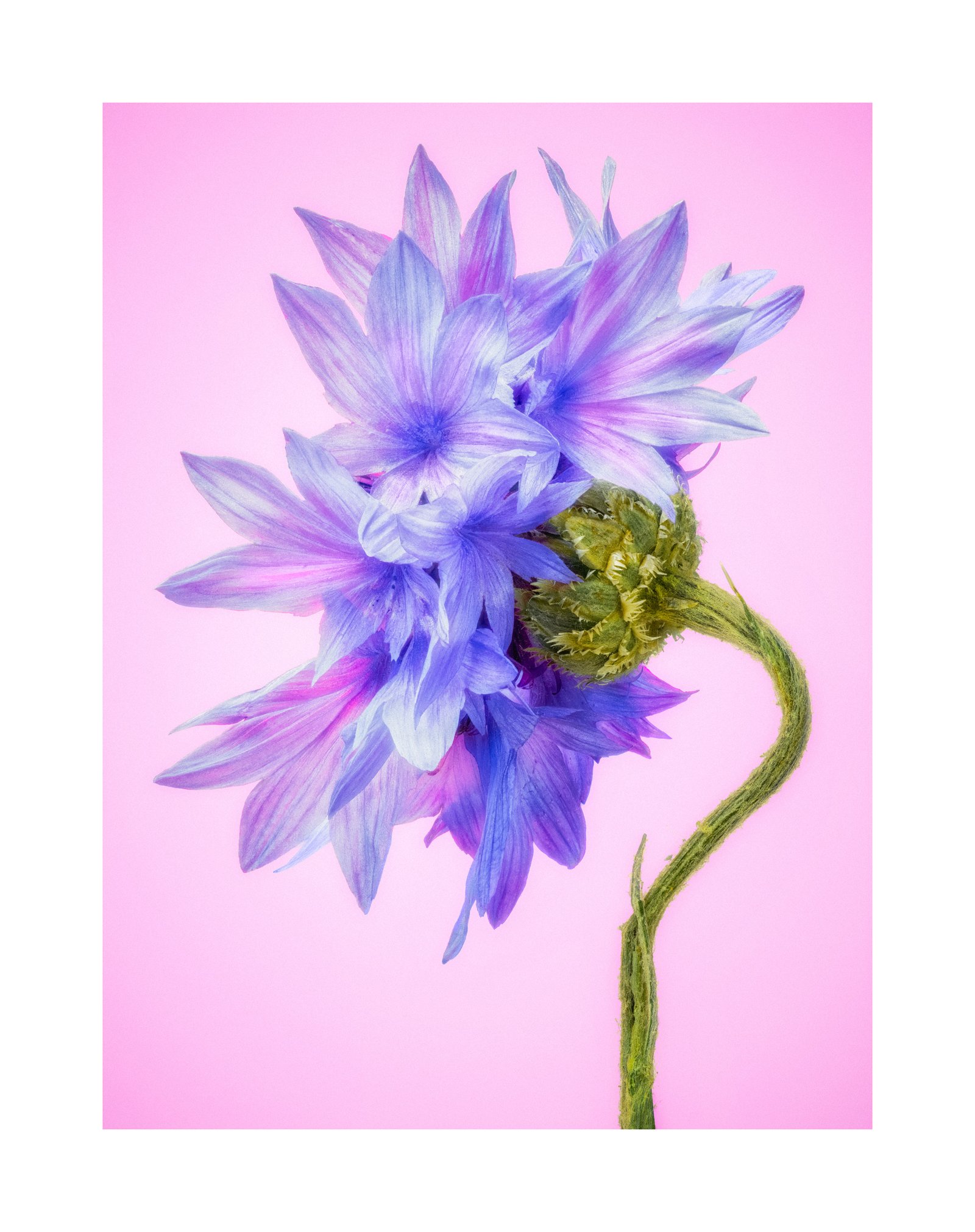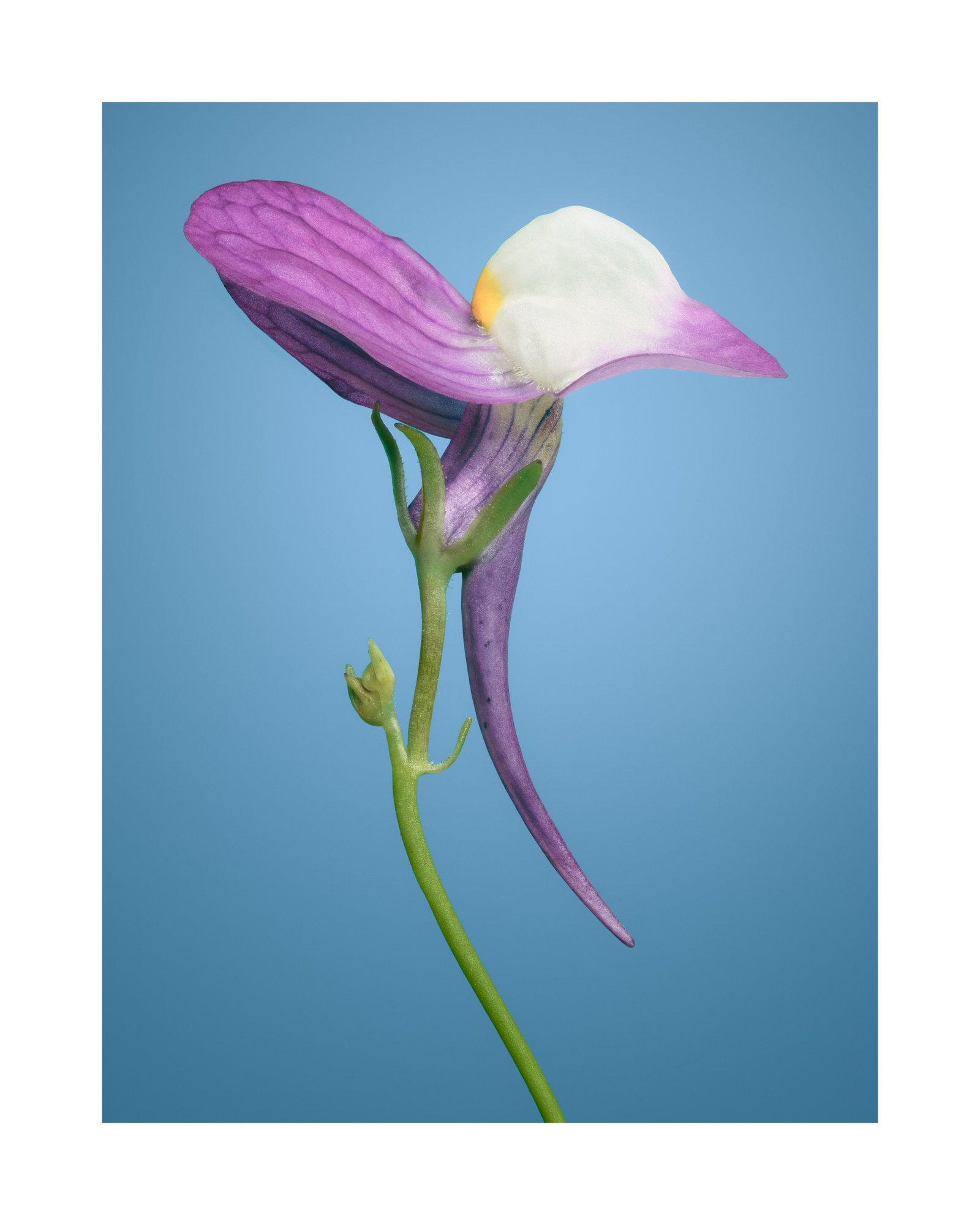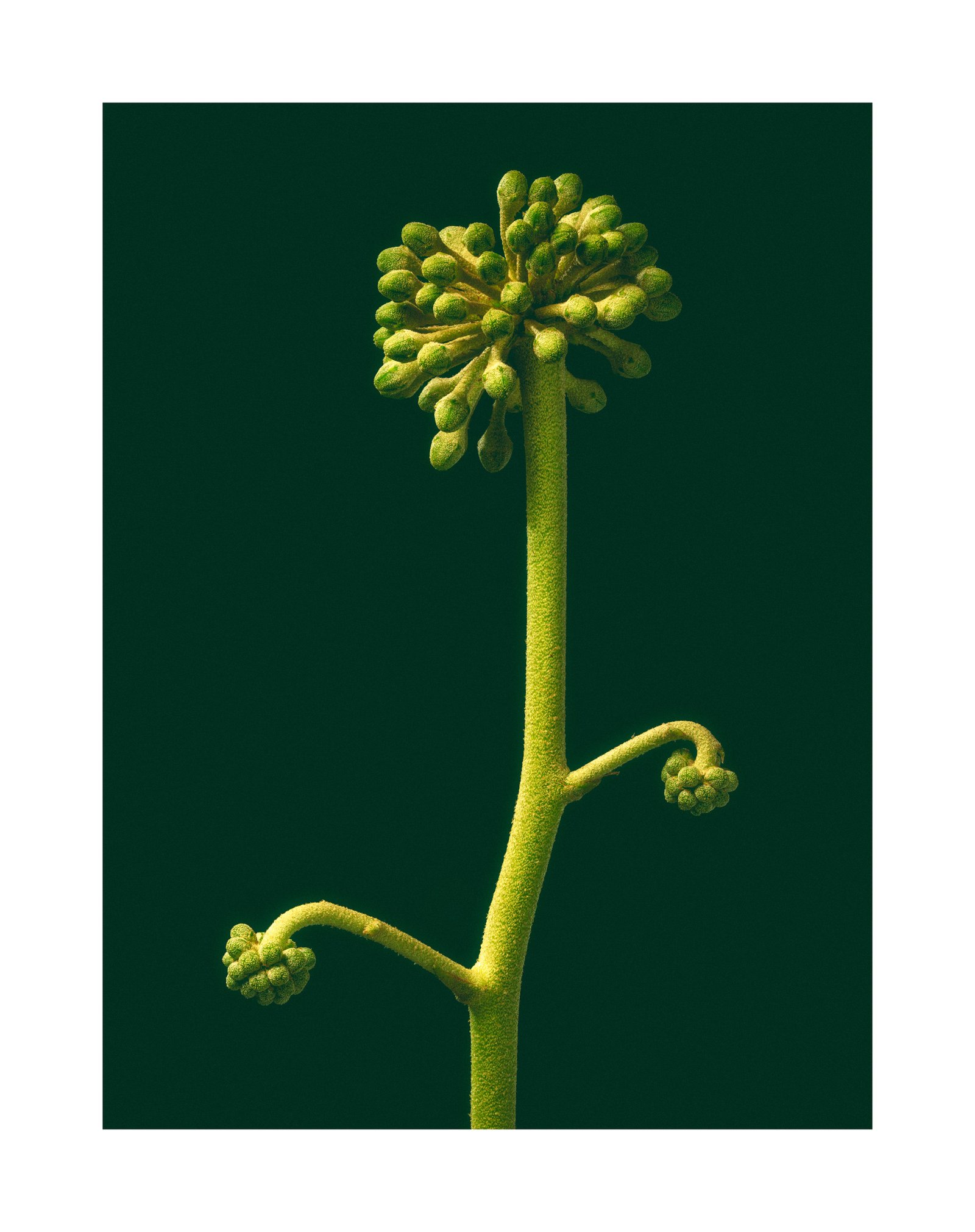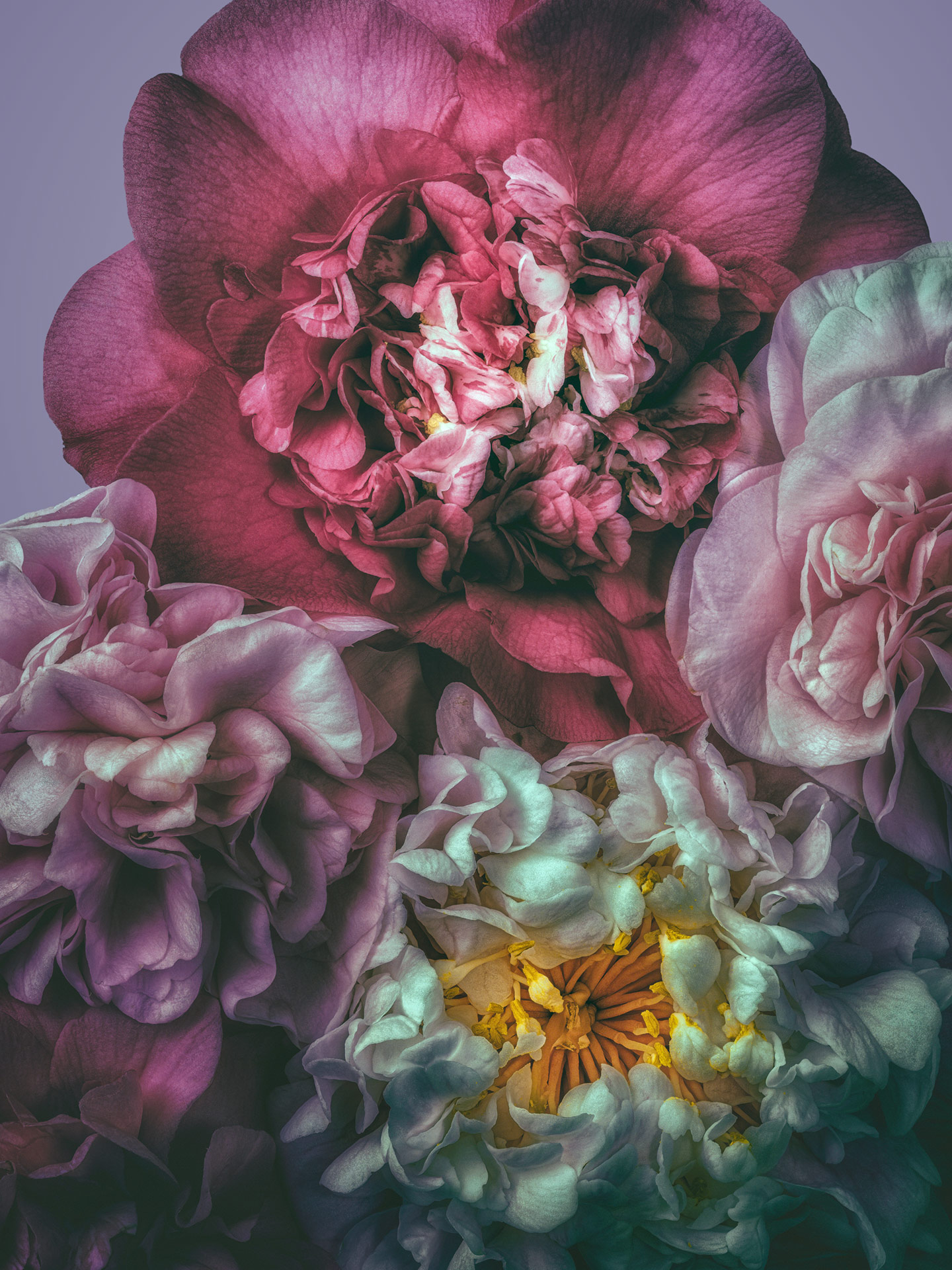The kind of plant photography I practice is at the confluence of the scientific image, traditional botanical illustration and contemporary representation. Apart from a few cultural exceptions, plants are not perceived as having agency nor do their engender strong political feelings. For most people, they are ubiquitous passive bystanders with a somewhat pleasant predisposition. This perceived innate neutrality is fertile ground to test the limits of representation without worrying about strong positive or adverse feelings due to an inherent cultural baggage of the subject matter. They are malleable and accommodating, allowing the artist to observe an audience ascribe them the most fanciful of human traits.
… Read More
Hue, Tint, Tone and Shade
The most dreaded class while at Art Center was color theory. One was expected to paint the same image twice a week, twenty times, over the course of two years. The image was broken down into a paint by numbers of sorts. A systematic process where each iteration only differing from another by its hue, tint, tone and shade. To add to the drudgery, we were expected to mix our own colors from only four: cyan, magenta, yellow and white. Black wasn’t allowed. It is the equivalent of practicing scales in music. Anyone can play a scale. But to play it with ease and effortlessness while making each note sparkle takes practice. Mastery of the fundamentals.
Focus Stacking
In photography, the circle of confusion is used to determine the depth of field, the part of an image that is acceptably sharp. It is controlled by the lens aperture diameter usually specified in f-numbers. The smaller the aperture, the wider the depth of field. Many photographers prefer a shallow depth of field to detach the subject from its background. It also subconsciously informs the viewer about the position of the photographer in relation to its subject and also its scale. Inversely, in a through and through tack sharp image visual cues of scale and distance are lost. I intentionally remove any environmental plasticity from my subjects replacing it with my own through judicial lighting, color grading and composition resulting in a dimensionality that never was.
Theoretically, the aperture diameter can be infinitely small. Unfortunately, at very small apertures diffraction and aberrations set in, defeating the purpose. These limitations can be overcome with a technique called focus stacking. It combines multiple images focused on different planes that are then reassembled in post production resulting in an image with a greater depth of field than any of the individual source images.
Pathos Fallax
The term “pathetic fallacy” was coined by British writer John Ruskin, who defined it as “emotional falseness.” Ruskin originally used the term to criticize what he saw as the sentimental attitude of 18th century Romantic poets toward nature. The meaning of the term has shifted over time, and now is often used to simply describe, rather than criticize, the attribution of emotions to non-human things.
” … but when the melancholy fit shall fall
John Keats, “Ode on Melancholy”
Sudden from heaven like a weeping cloud,
That fosters the droop-headed flowers all,
And hides the green hill in an April shroud;
Then glut thy sorrow on a morning rose,
Or on the rainbow of the salt sand-wave,
Or on the wealth of globed peonies;
Or if thy mistress some rich anger shows,
Emprison her soft hand, and let her rave,
And feed deep, deep upon her peerless eyes.
…”
There is a diffuse sentiment that to anthropomorphize is a mild vice, nothing really harmful, that people tend to do easily and pleasingly, but that an adult well educated person should avoid. Is there something instructive in this way of thinking so typical of common sense? Or, is it simply a childish attitude? There is a scholarly tradition of suspicion against common sense, and often both philosophers and scientists take as the core of their businesses to challenge common sense beliefs. Sellars (1956), for instance, famously argued for a clash between the “manifest image” and the “scientific image” of the world […] Anthropomorphism fails when we do not have enough information on the biology, the evolutionary history and the ecology of the animal (or plant) we are interested in. But, in the spirit of Darwin’s writings, as well as Jane Goodall and Frans de Waal work, if you are aware of the ethological constraints of what you are saying, you can feel free to use your empathy to make a behavioral prediction and then to evaluate it. If the prediction turns out to be correct, then anthropomorphism is a good and fruitful attitude. Otherwise, you are aware of the reasons why it does not succeed. (The Cognitive Underpinnings of Anthropomorphism — Gabriella Airenti , Marco Cruciani and Alessio Plebe , 2019)
The truth is we all do it when outside of our area of expertise. The Grand Teton is not a medical term used to describe a prominent feature of the female anatomy. Lost in Yellowstone National Park without a compass, an altimeter or a PhD in geology, how are we supposed to describe that great mountain? More importantly, how does one convey the abstract concepts of awe, marvel, or desire? Unlike a scholarly description, an anthropomorphism will tell us a lot about the author and what’s on their mind: male, French, and lonely.
The series is available for purchase. Each photograph is printed by the artist on Hahnemühle Fine Art Baryta Satin 300 gsm. 11 Ink process. The limited edition photographs are signed, dated and numbered, and come with a certificate of authenticity. 18″x24″ print on 24″x30″ sheet (3″ white borders).


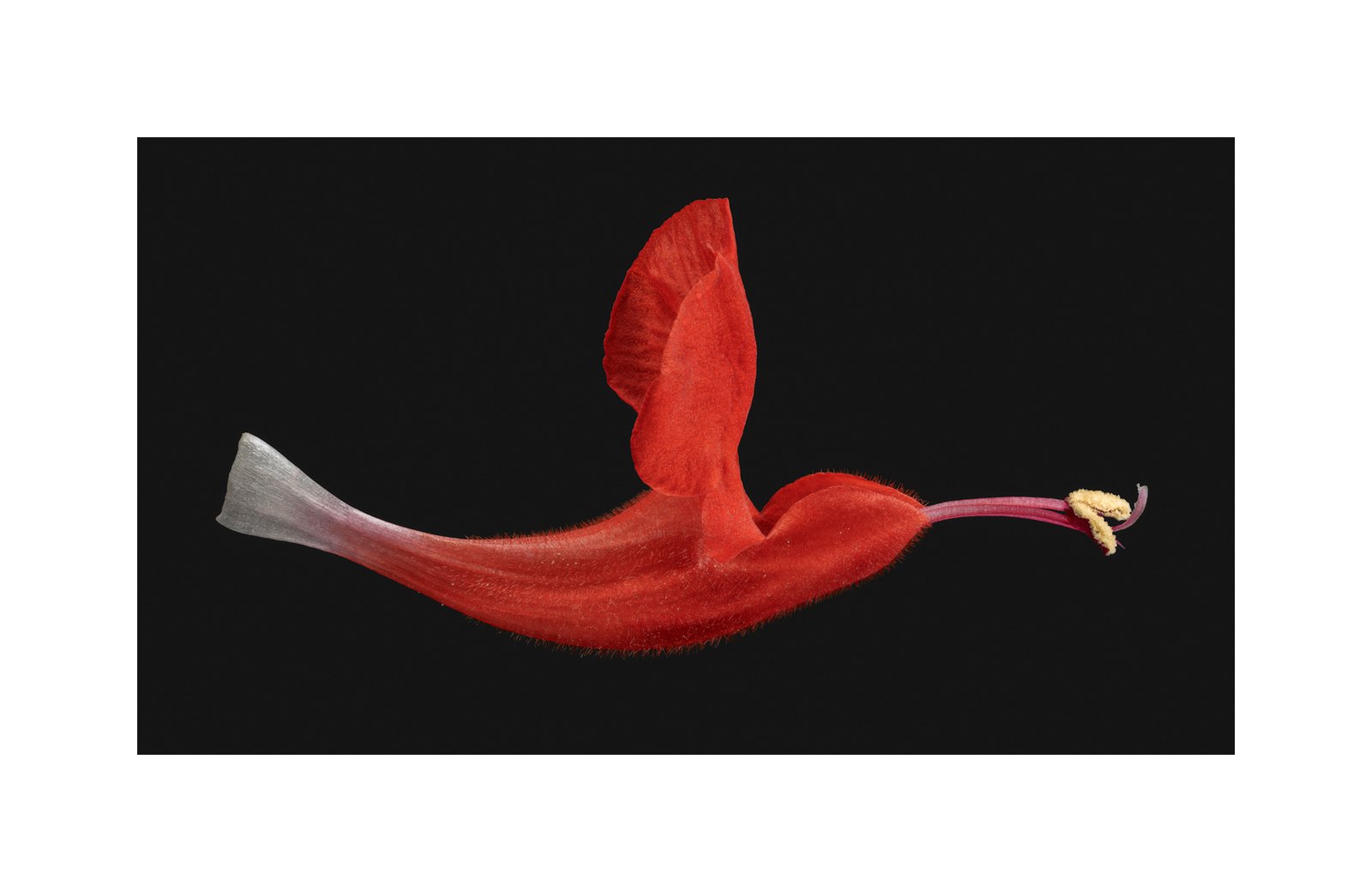
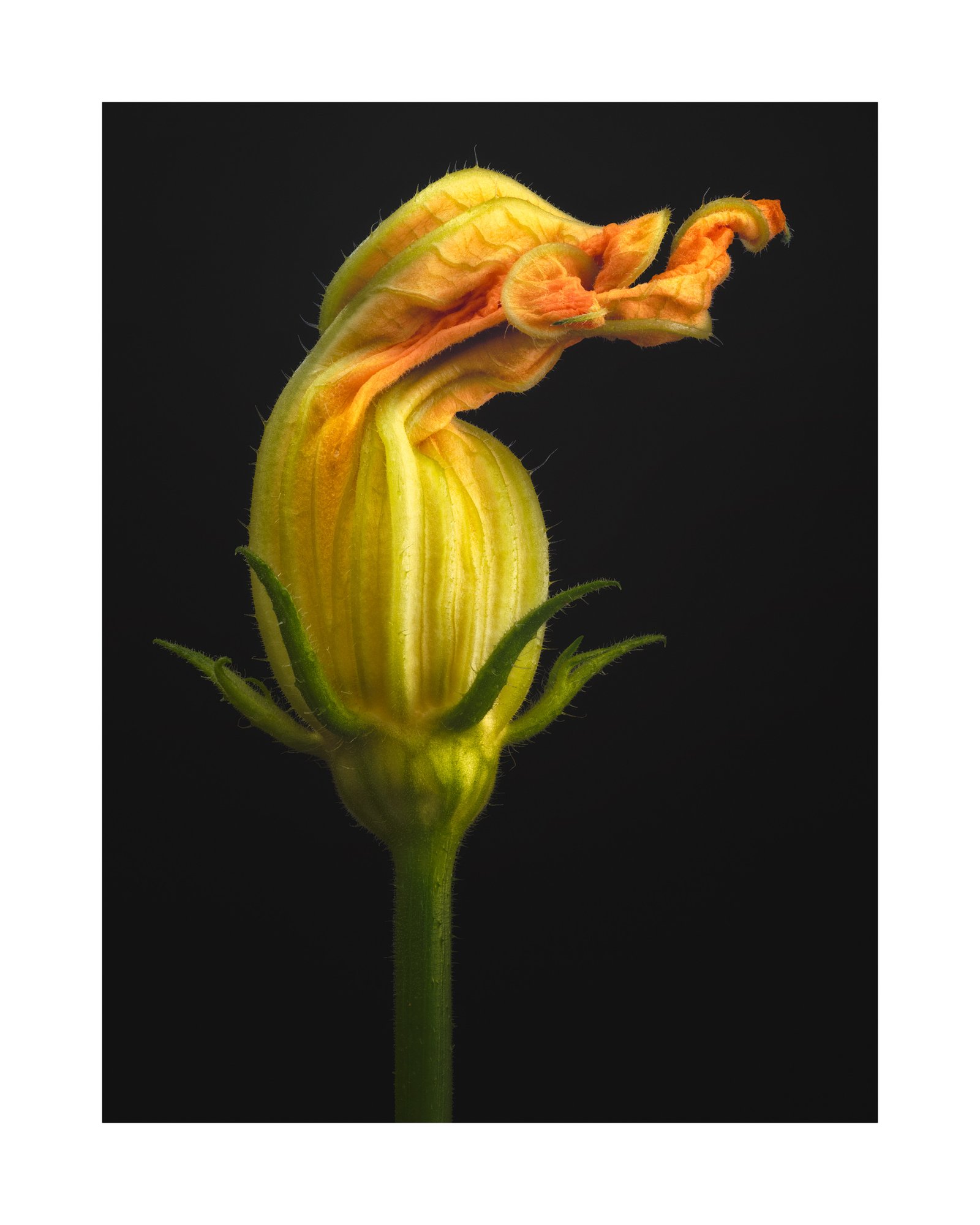
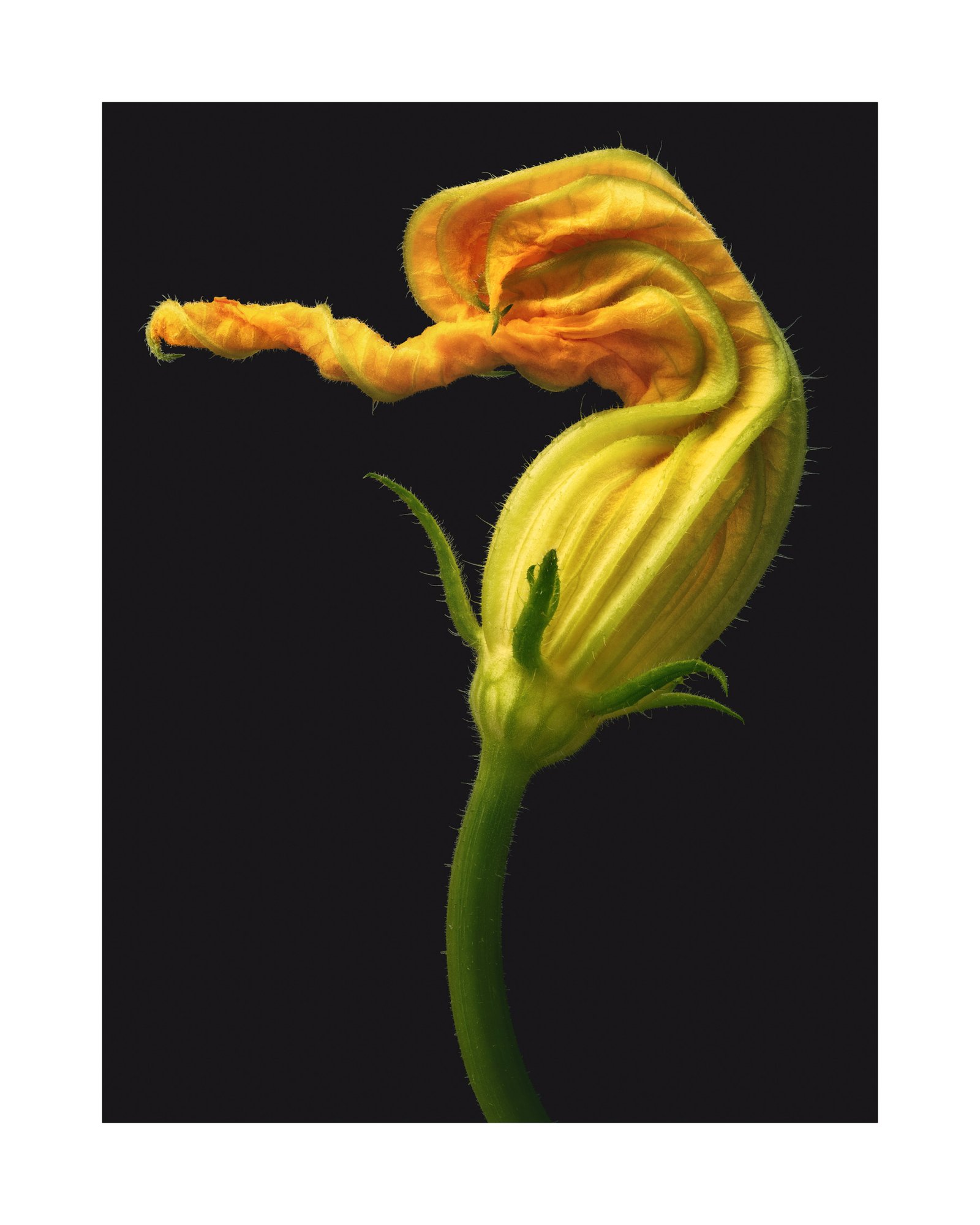
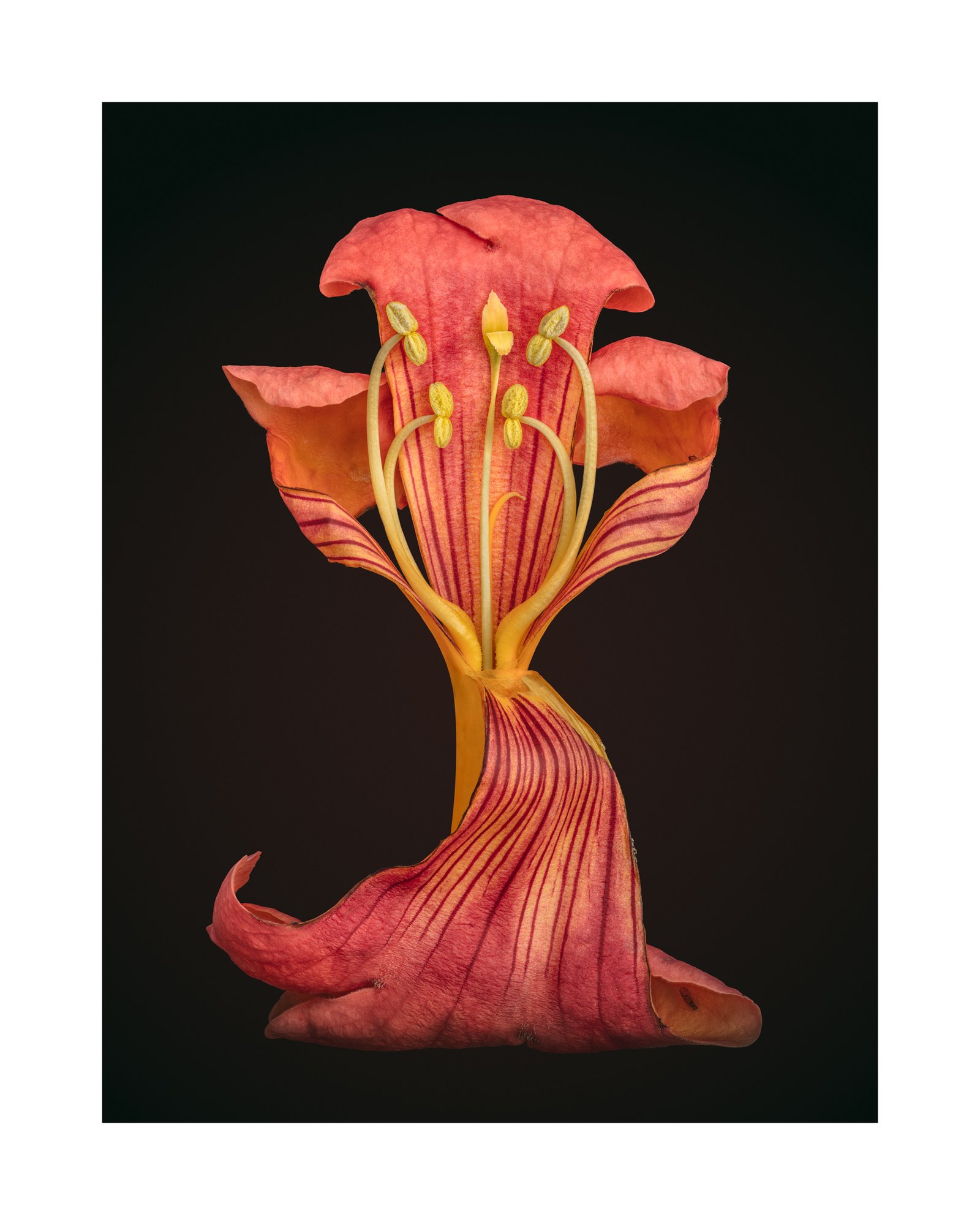

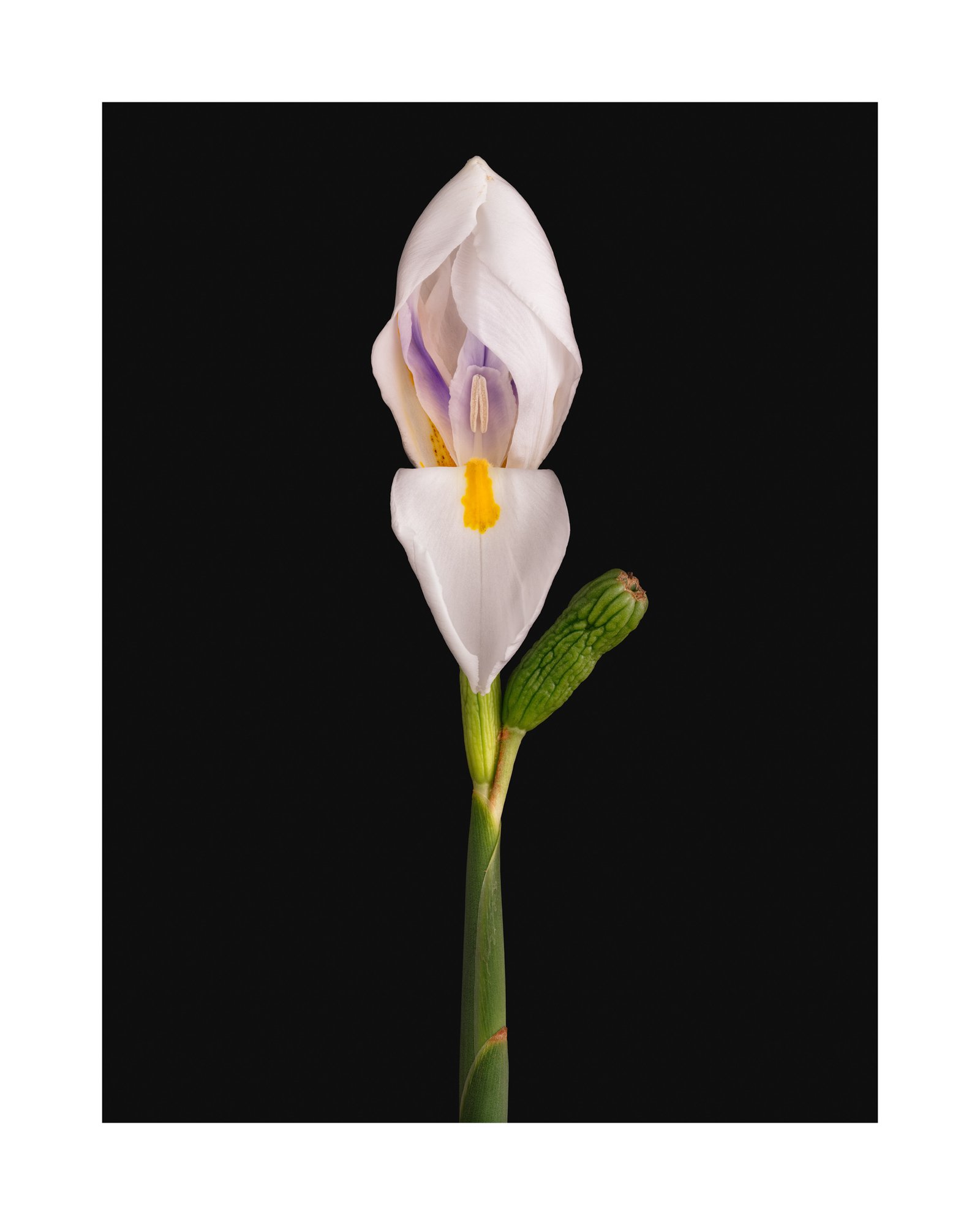

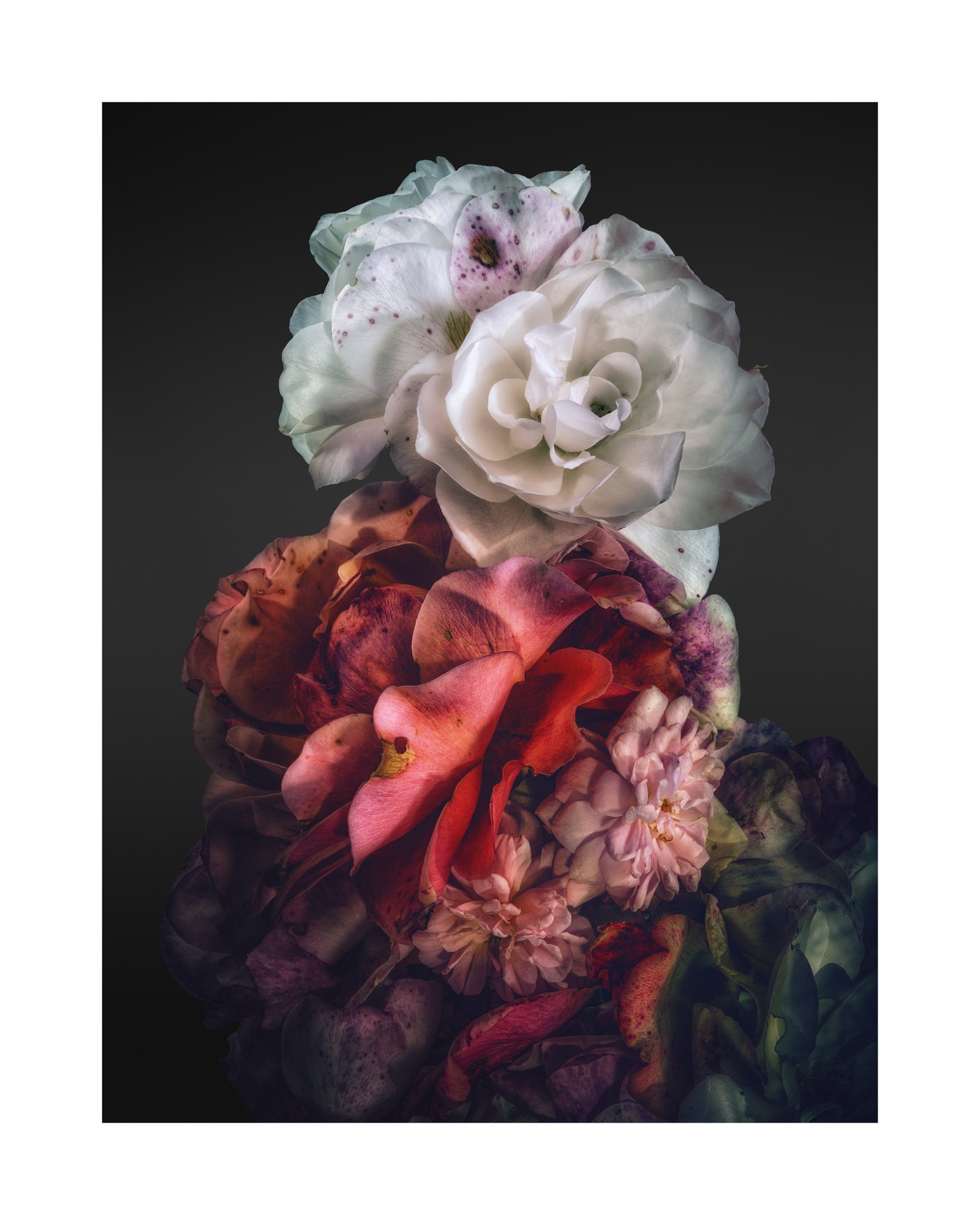
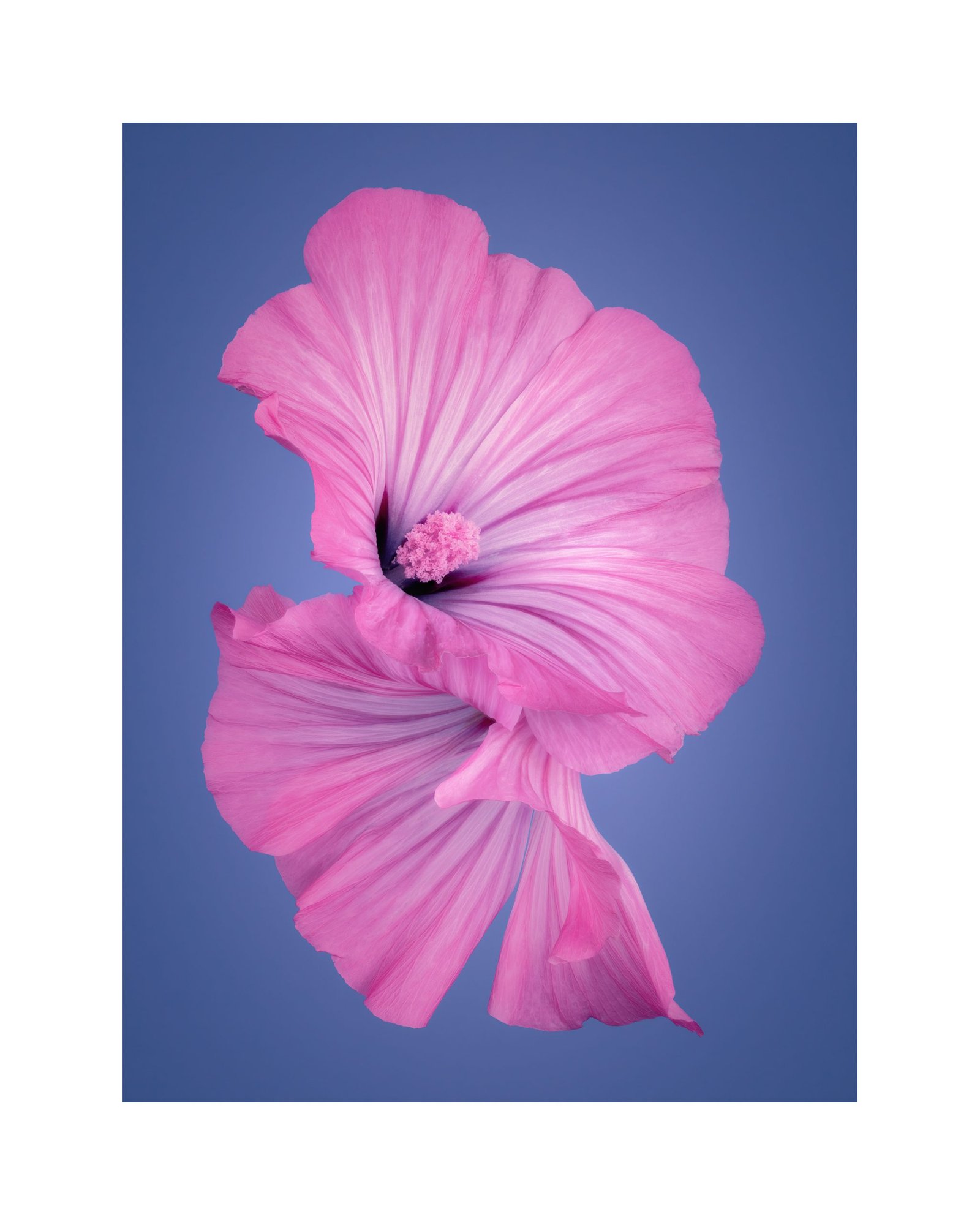
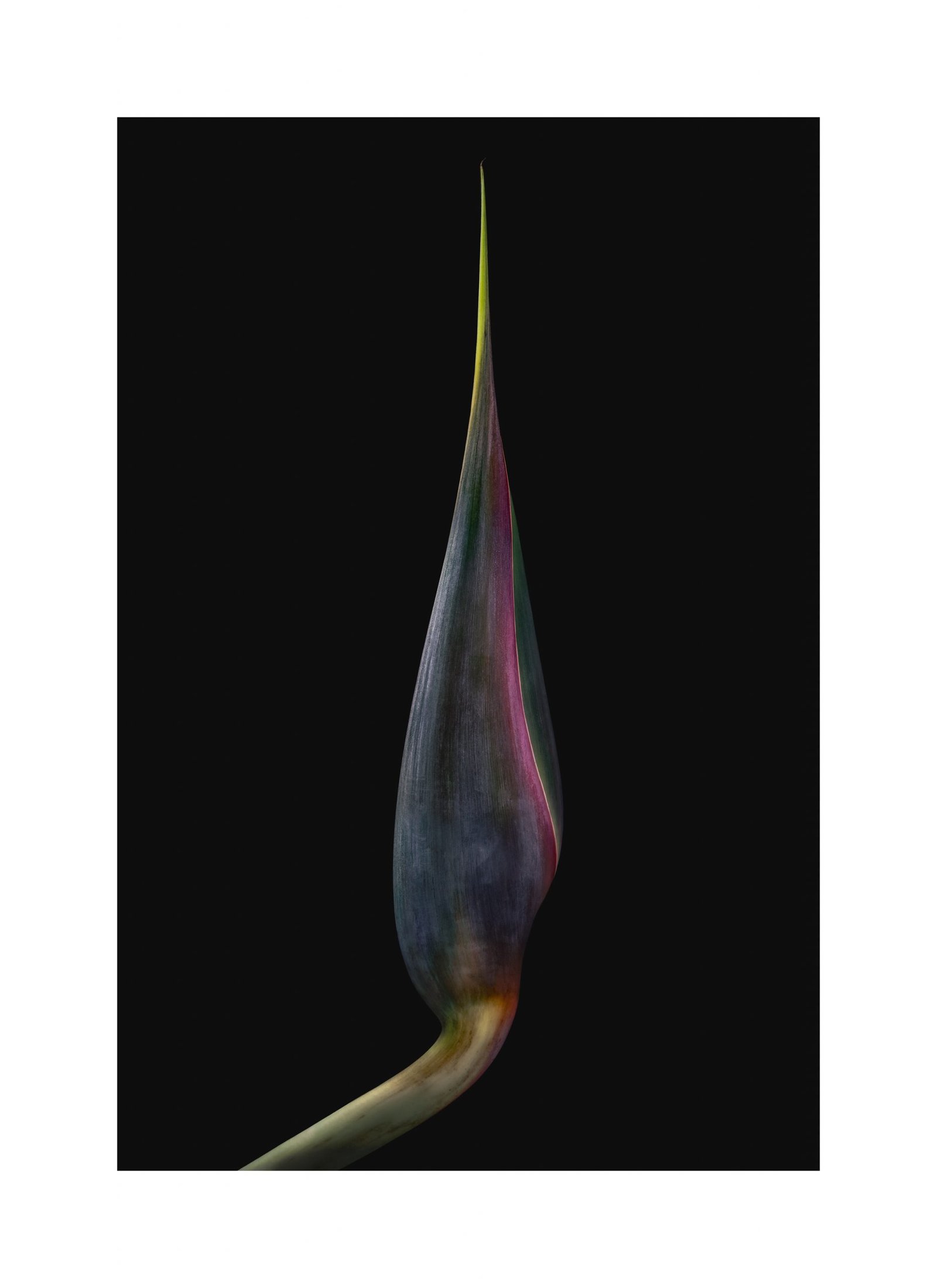

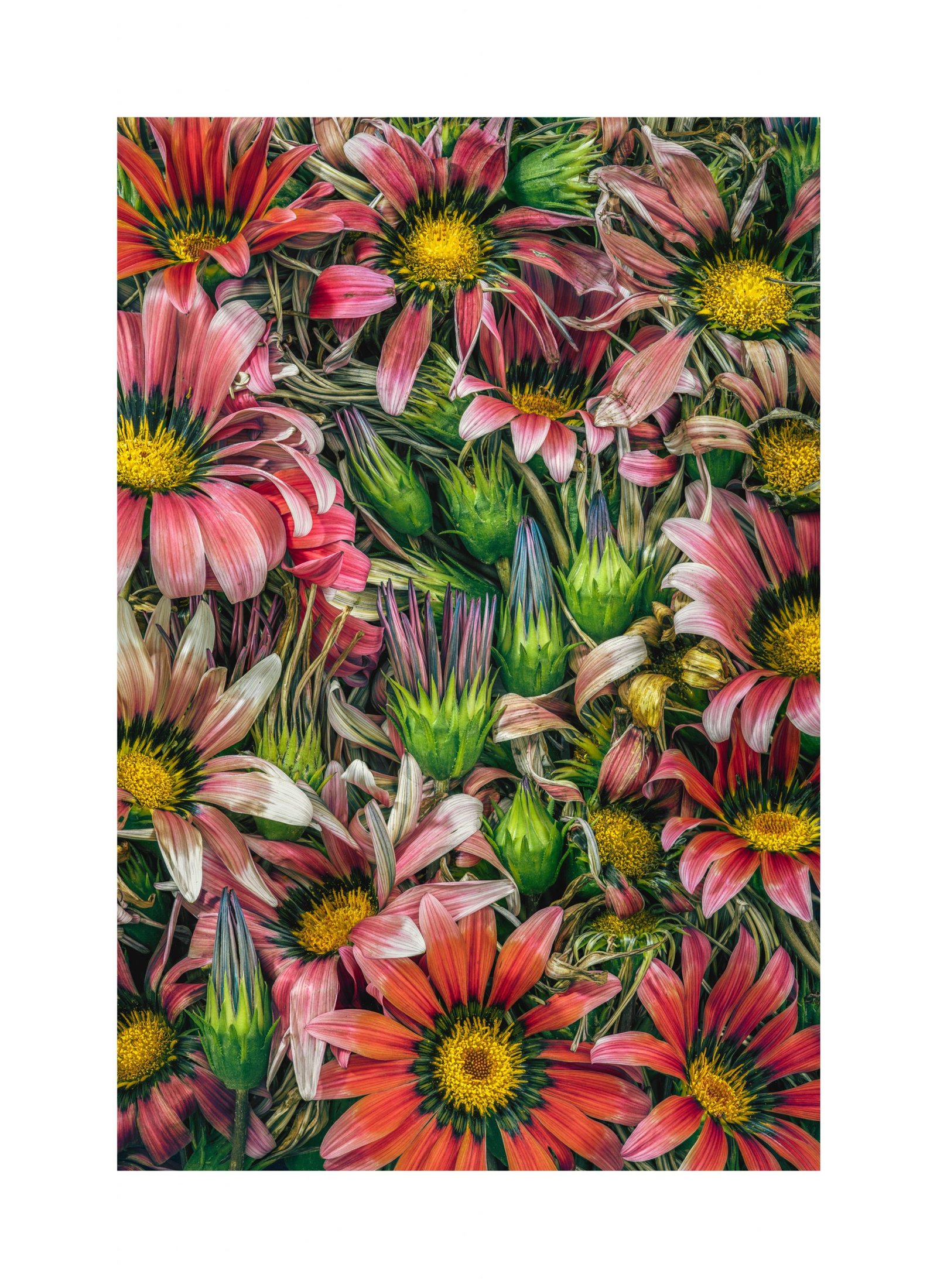
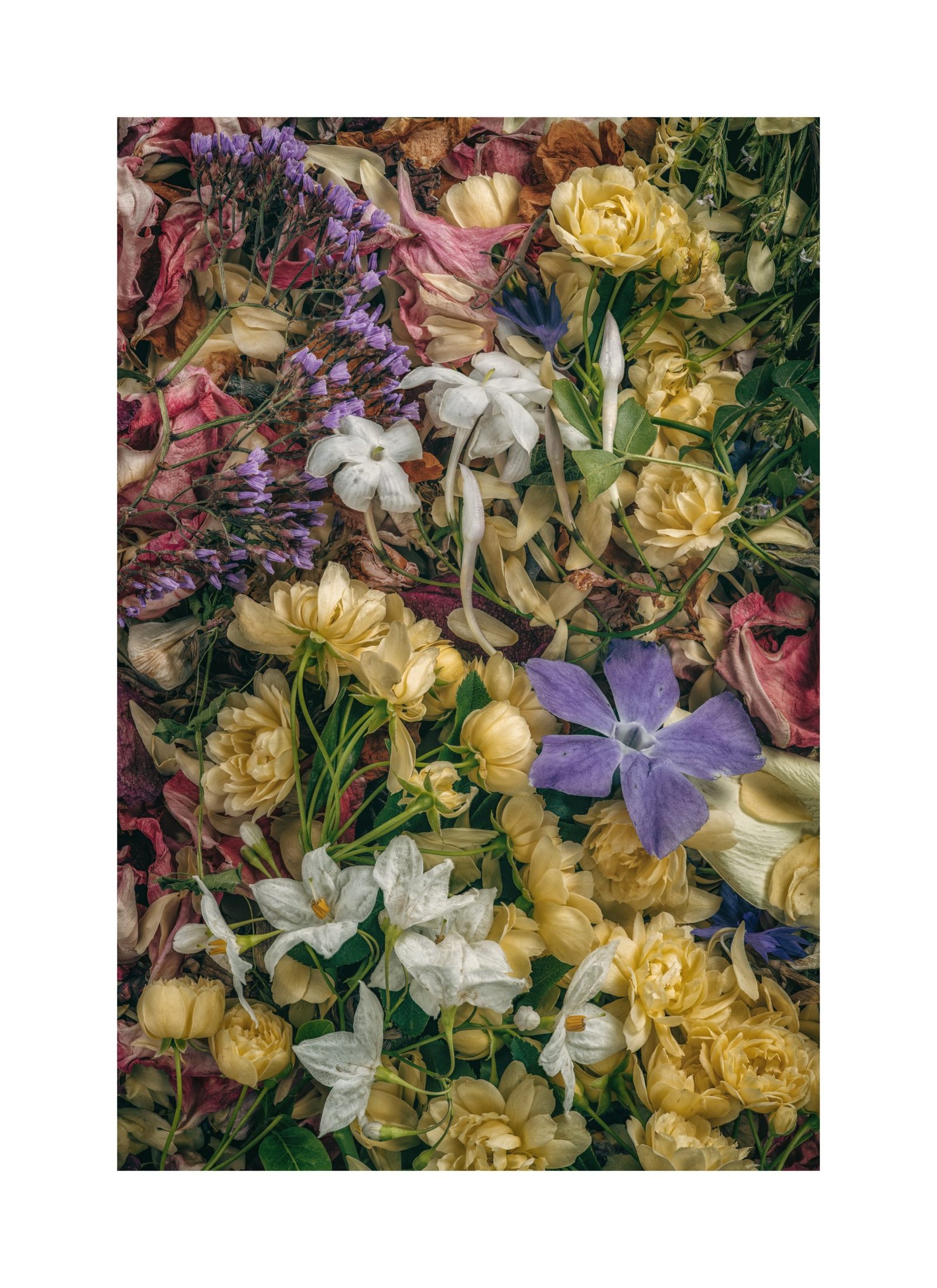
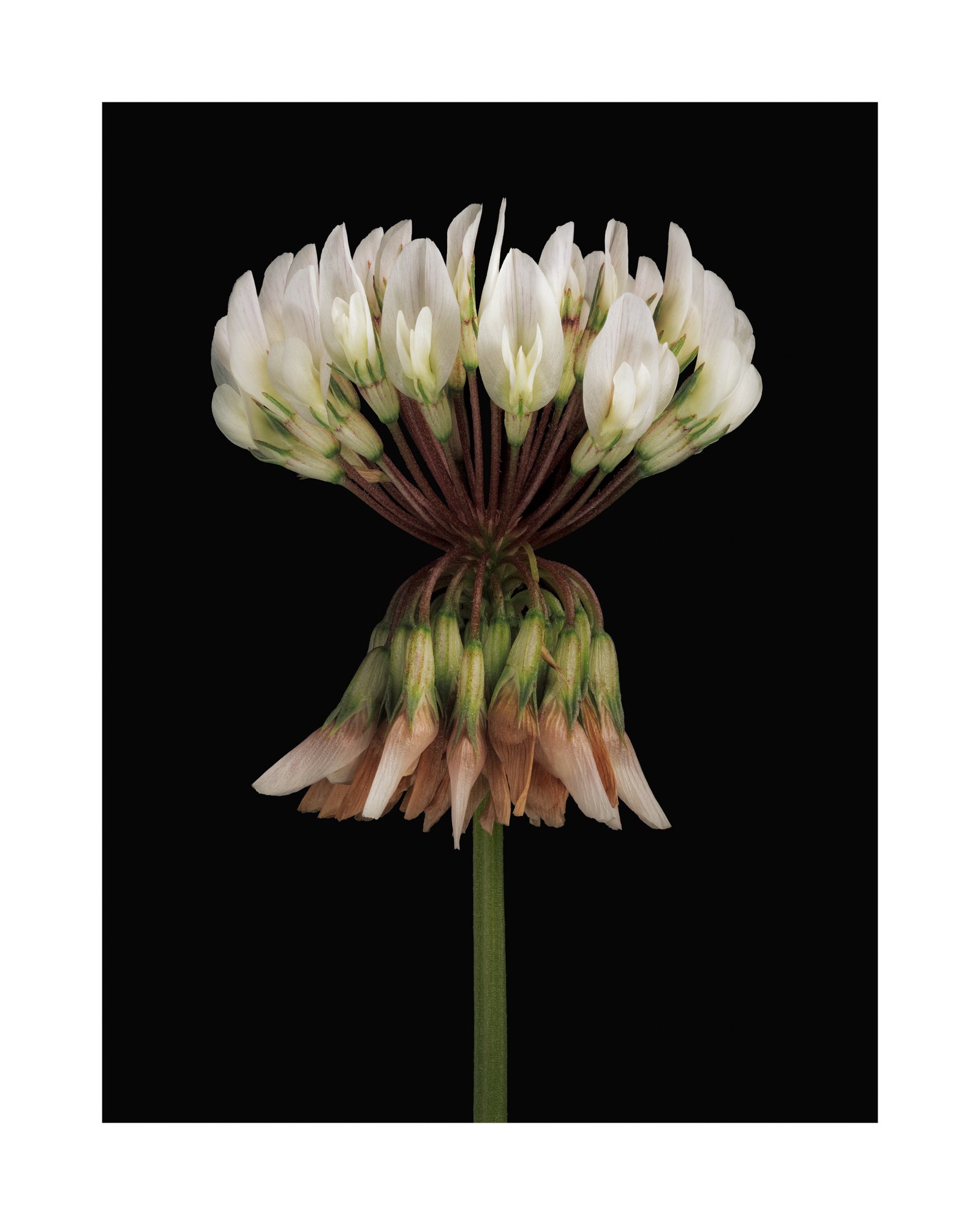


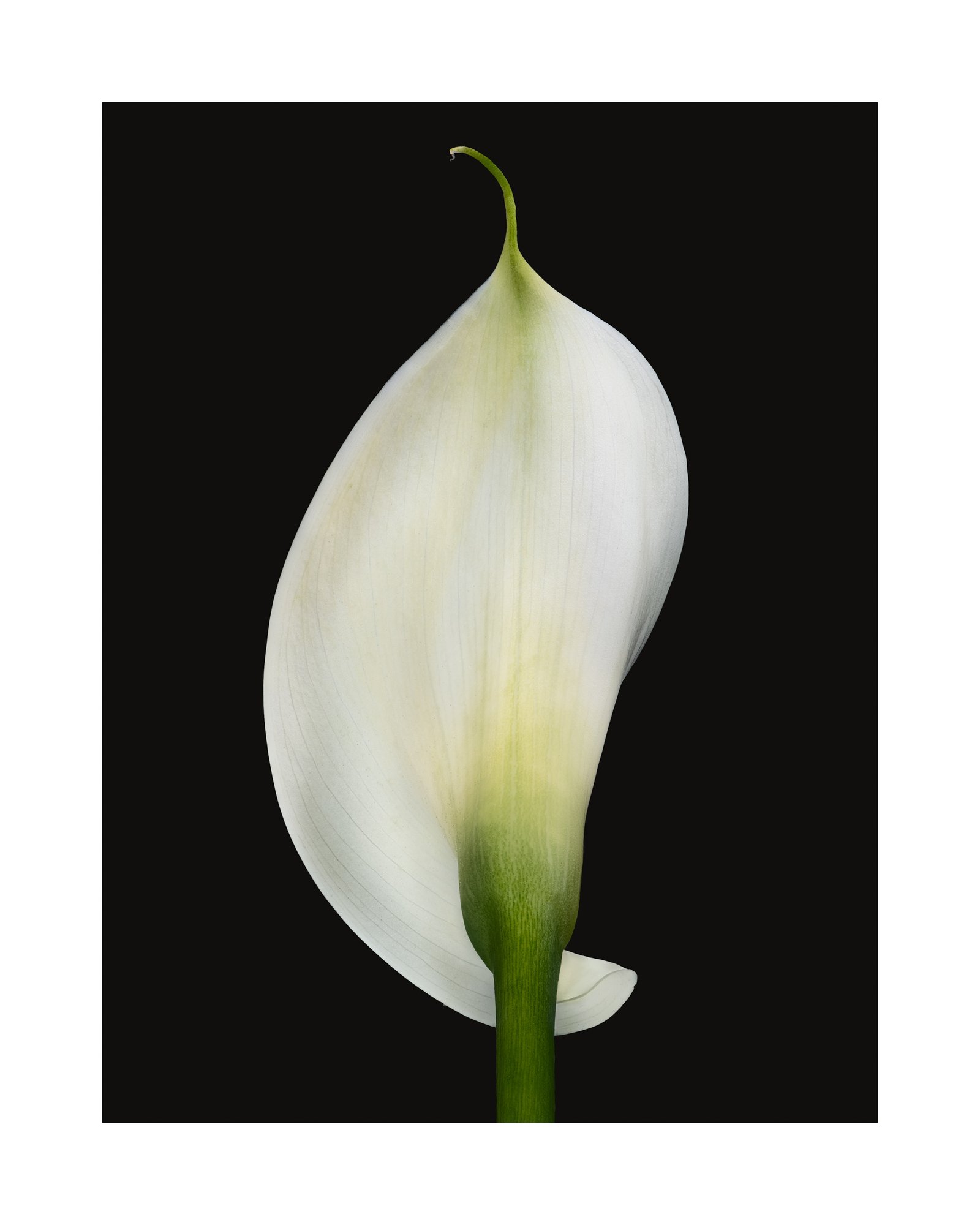

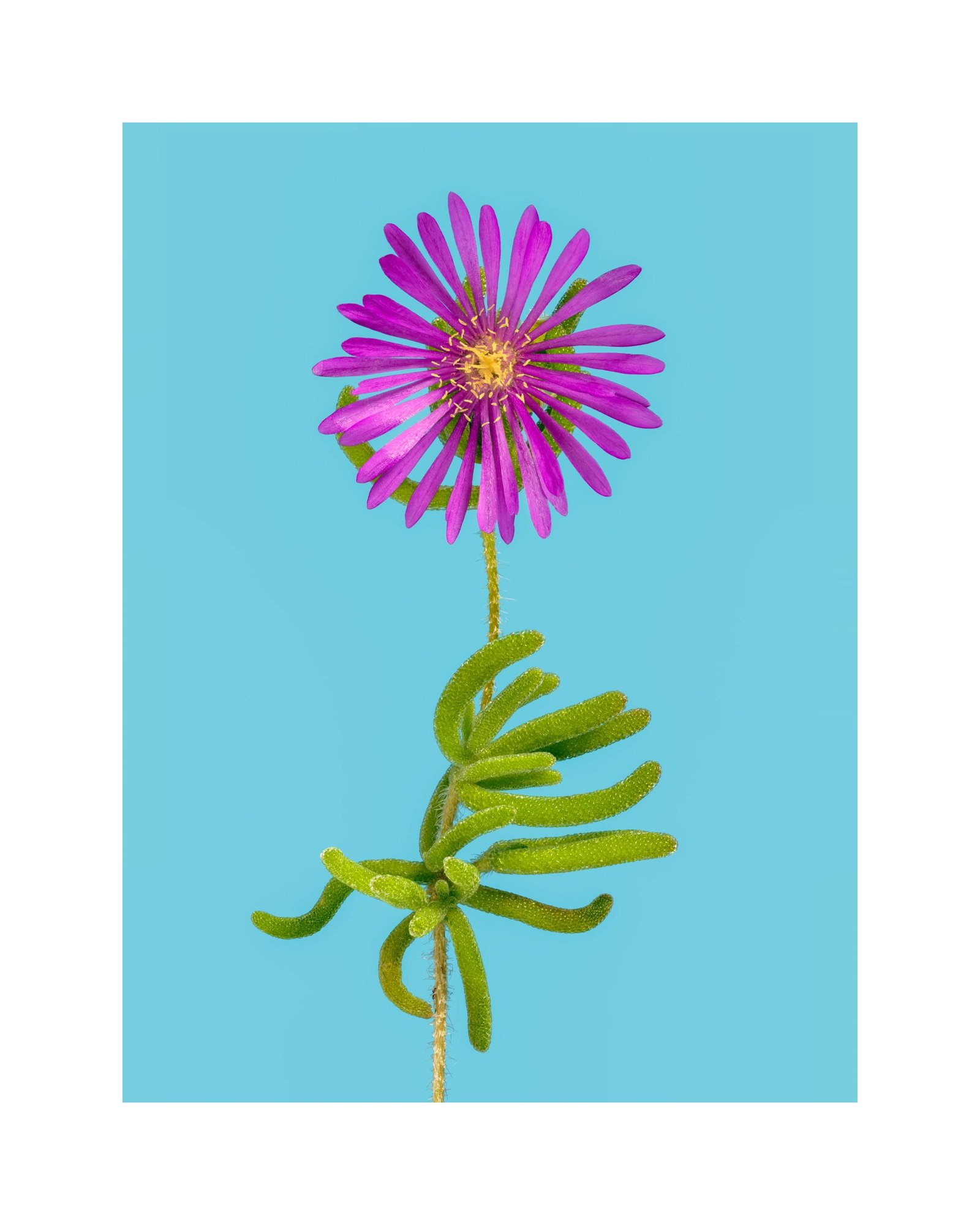
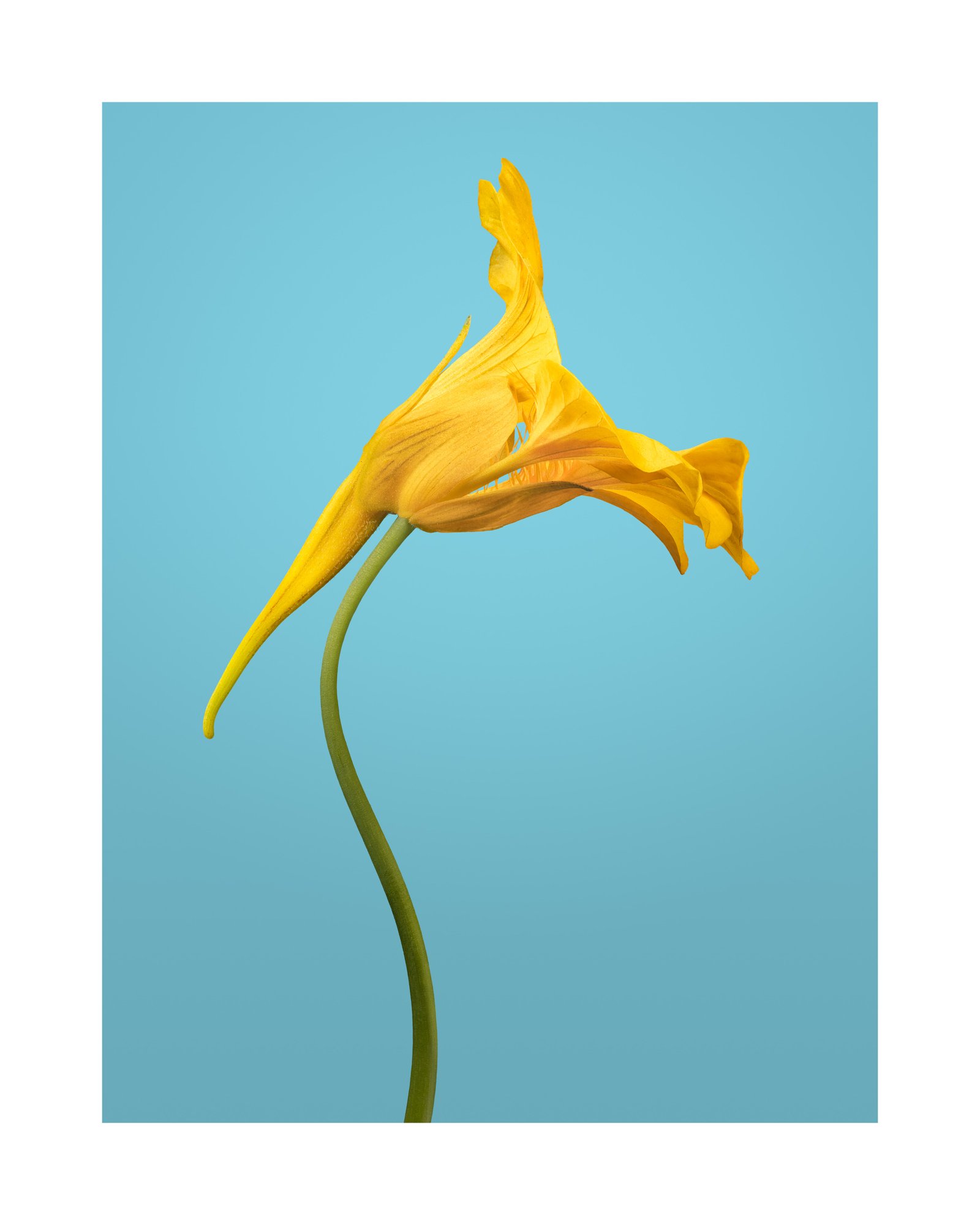

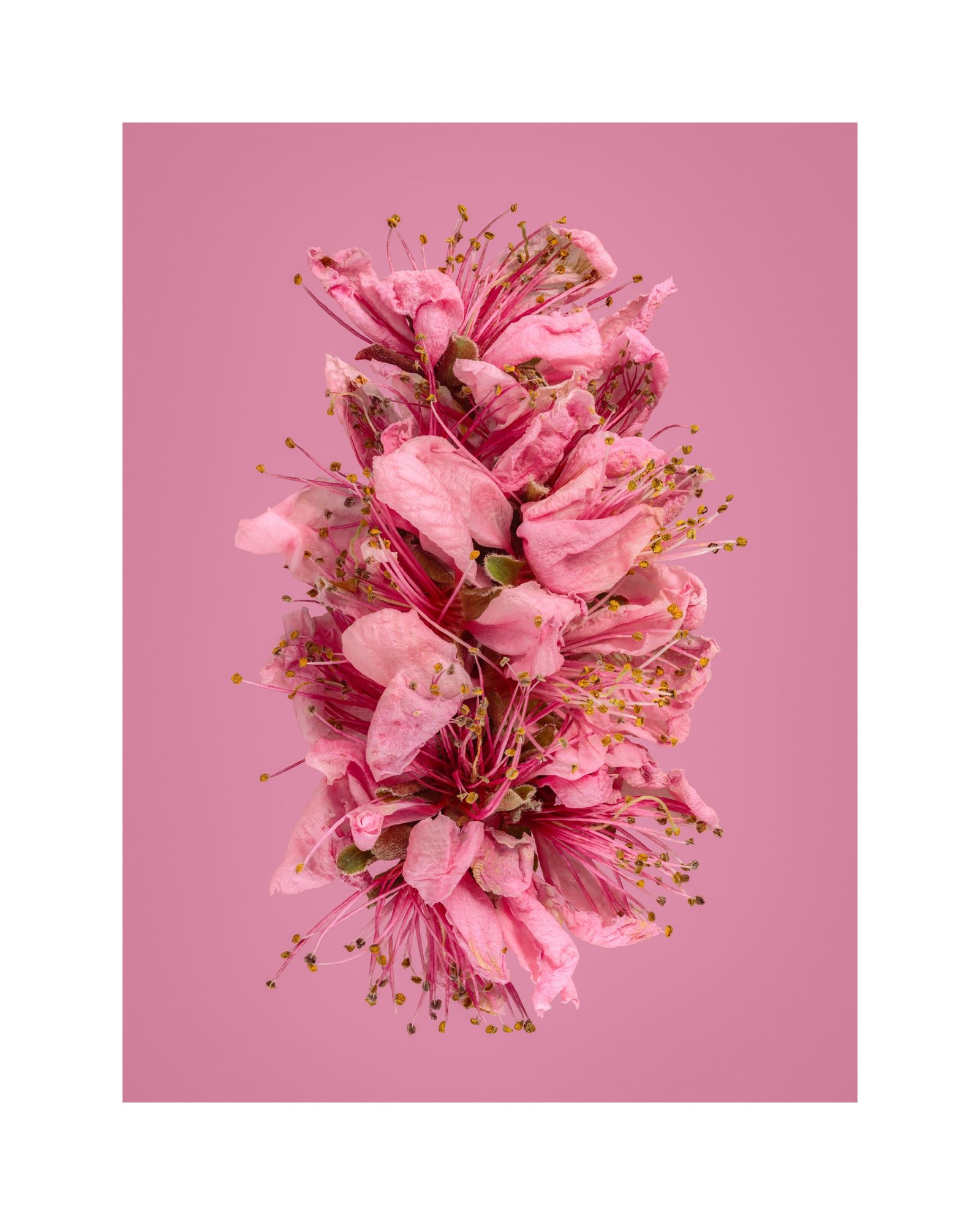


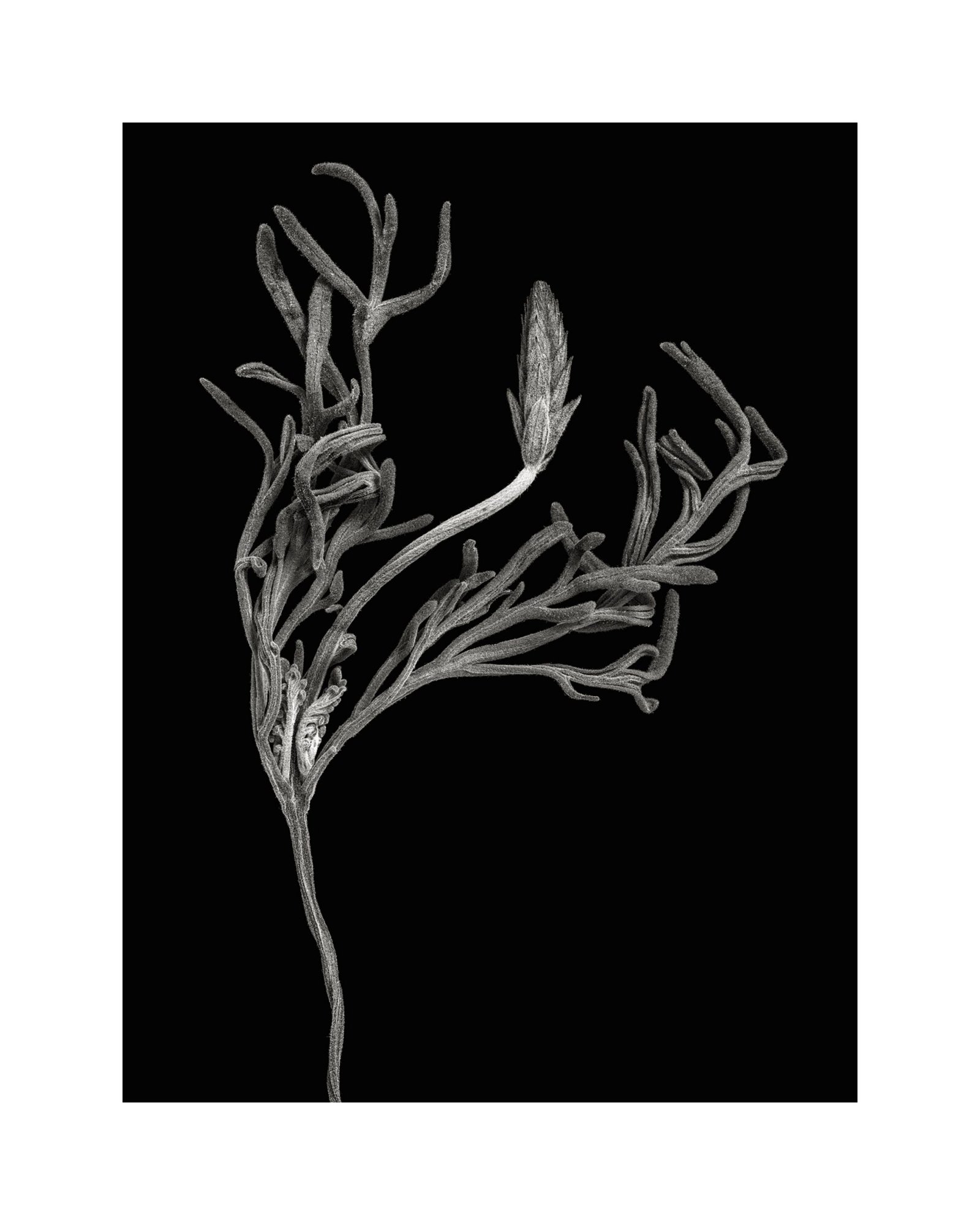



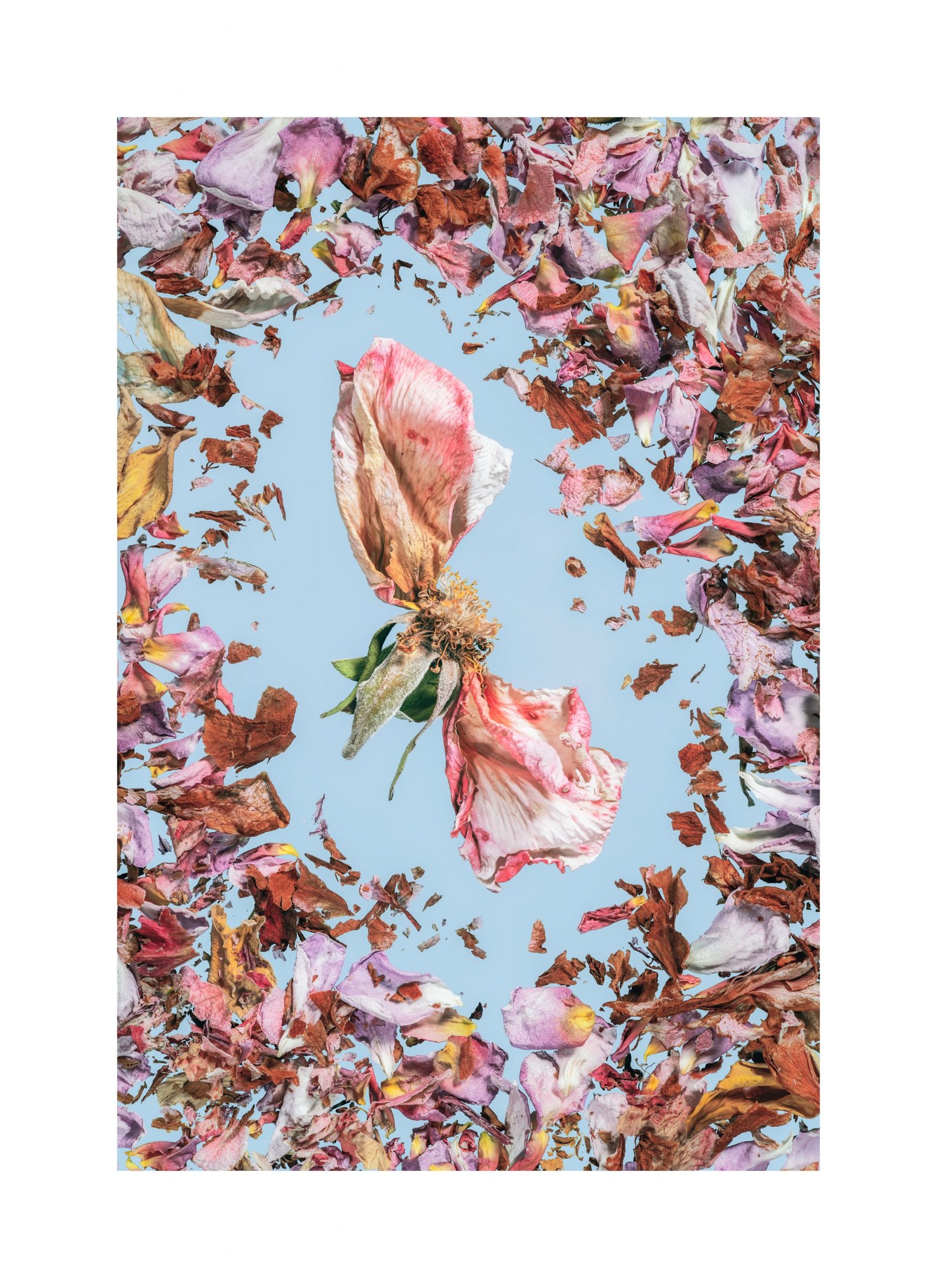
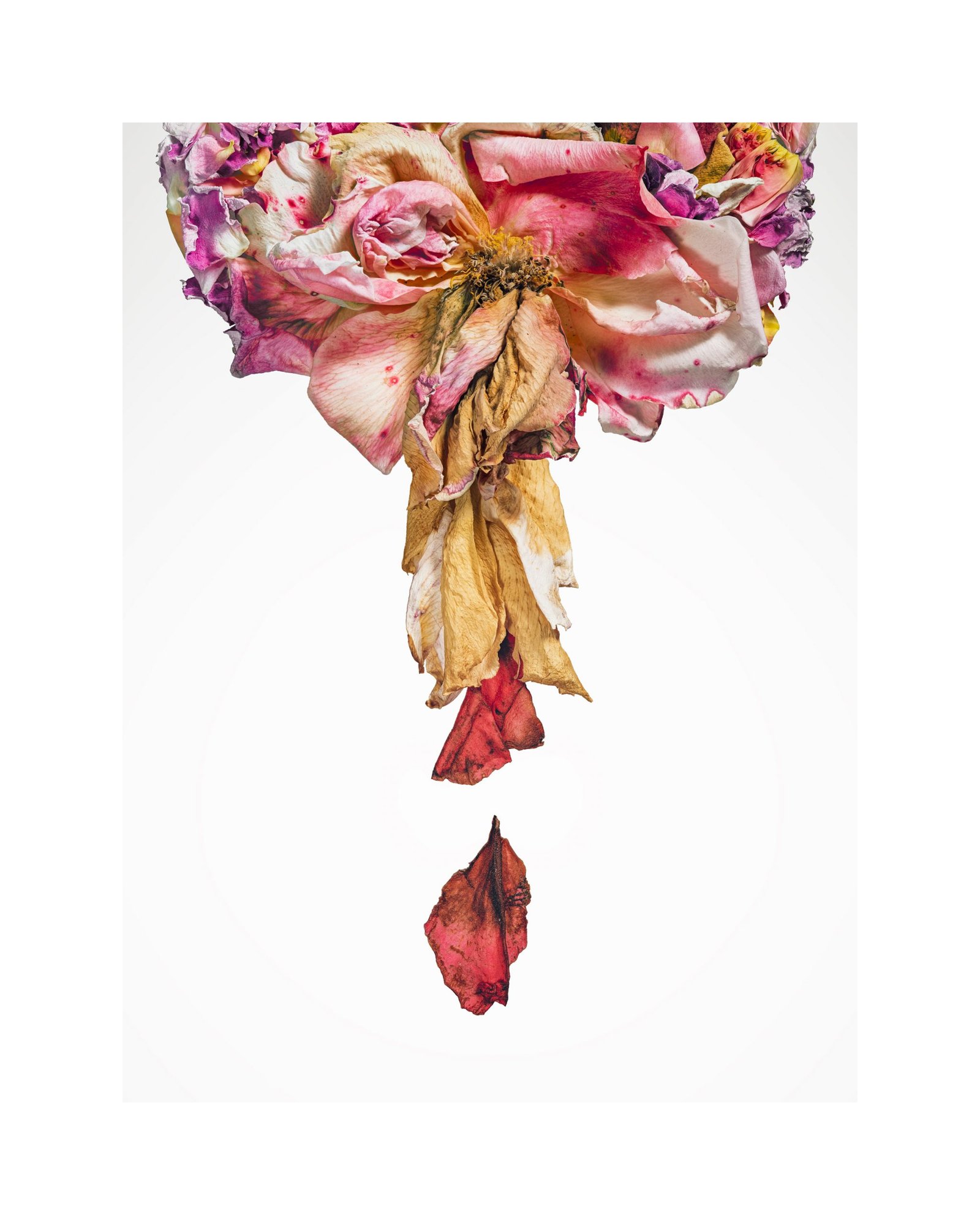
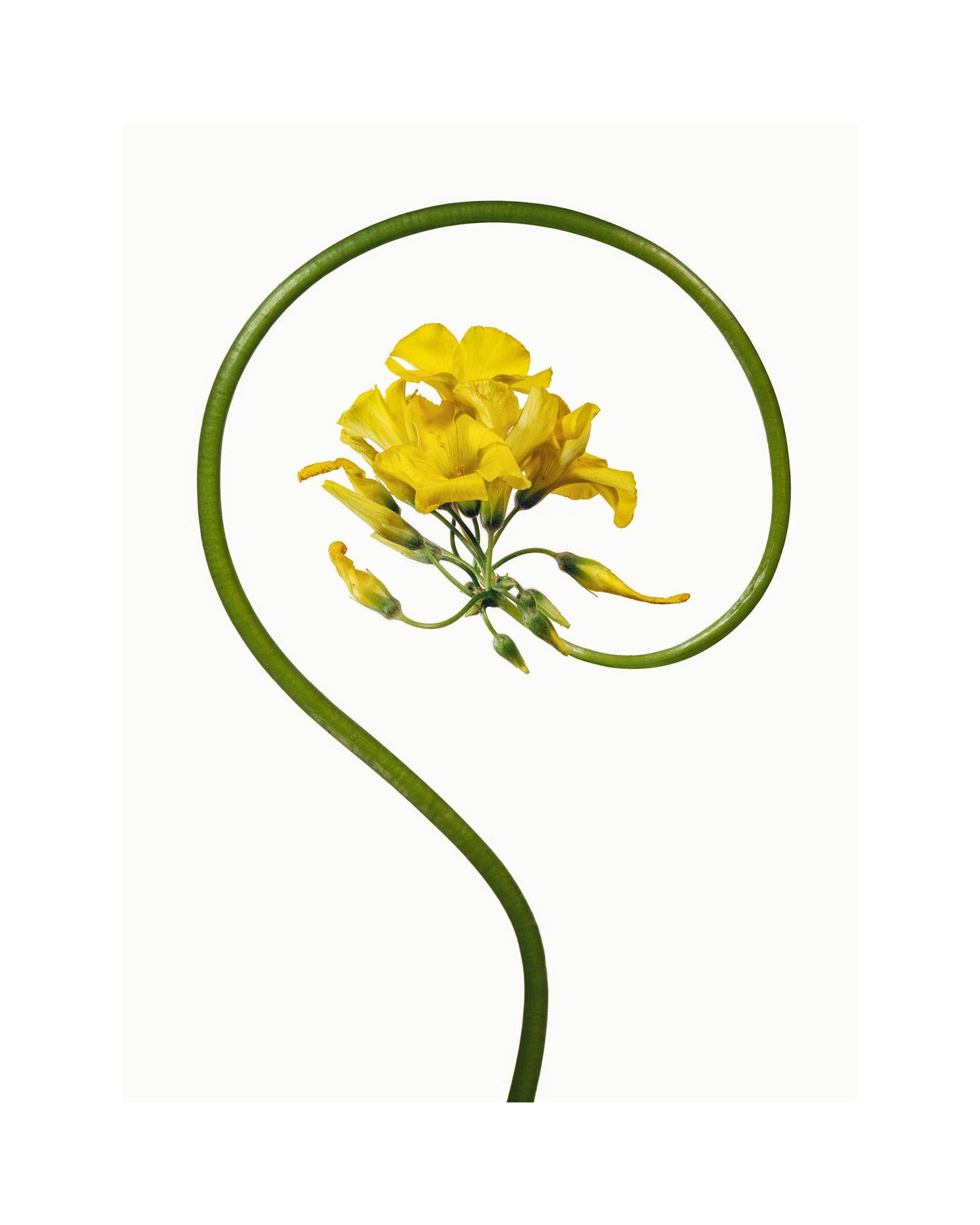






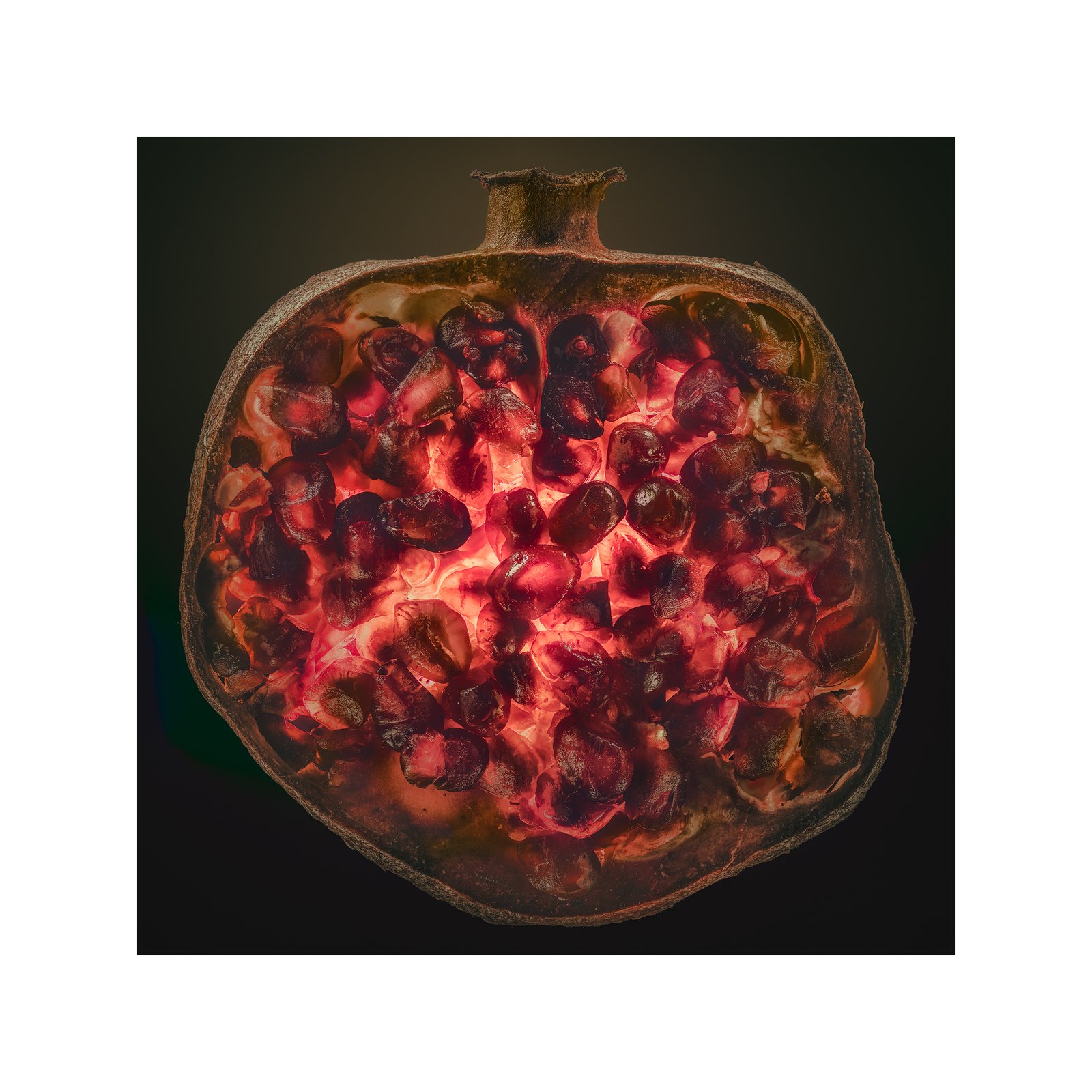

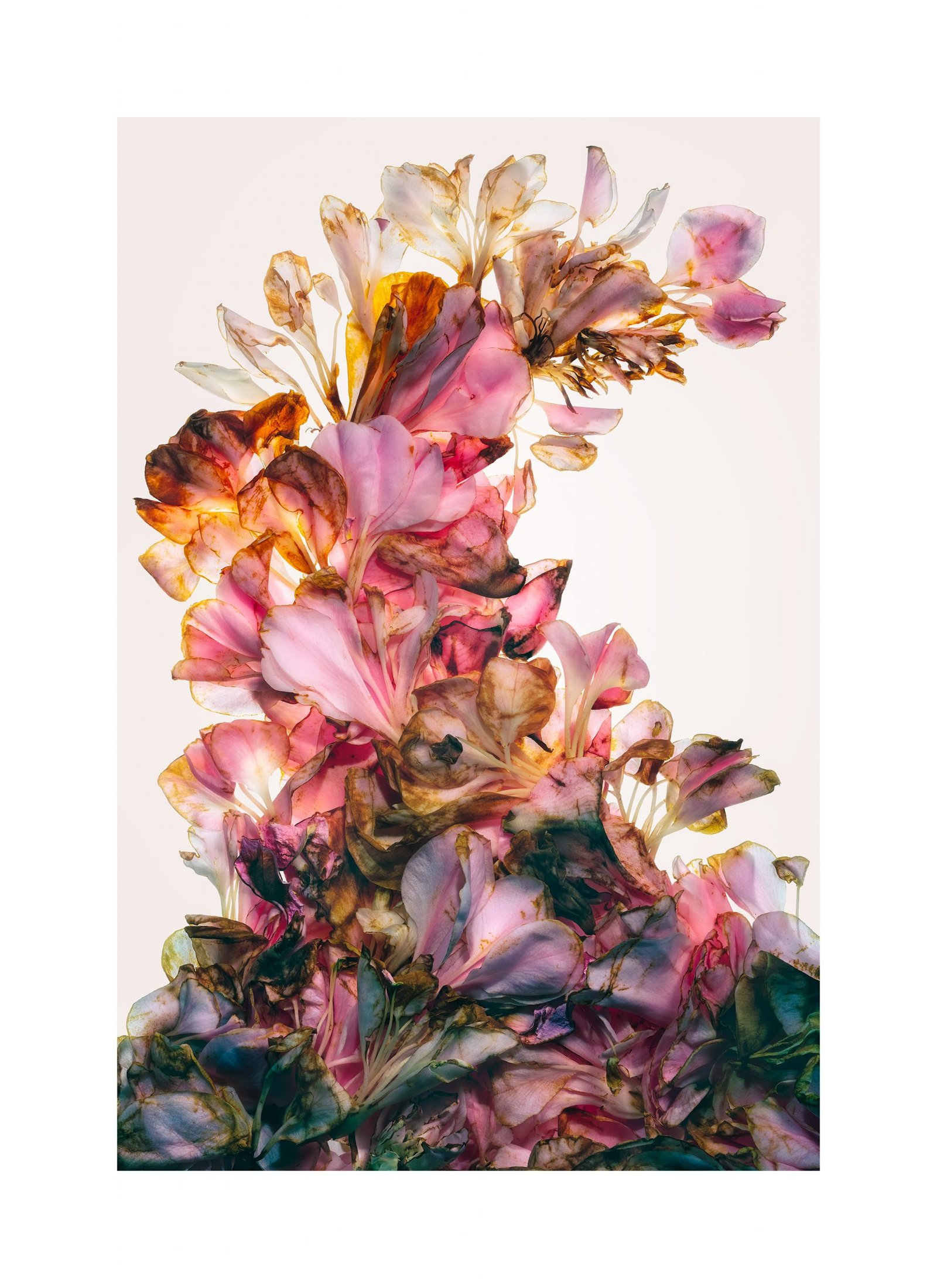

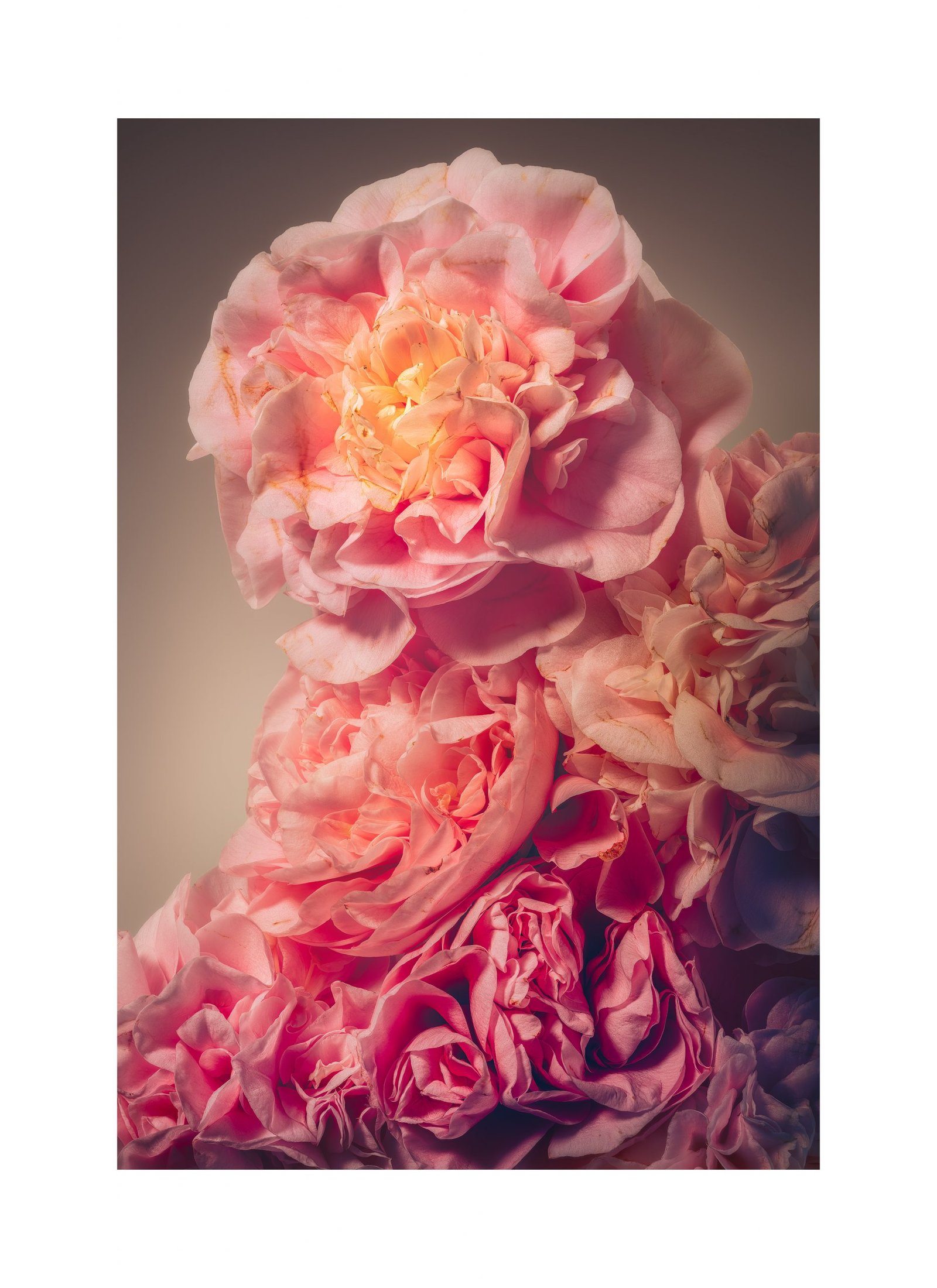
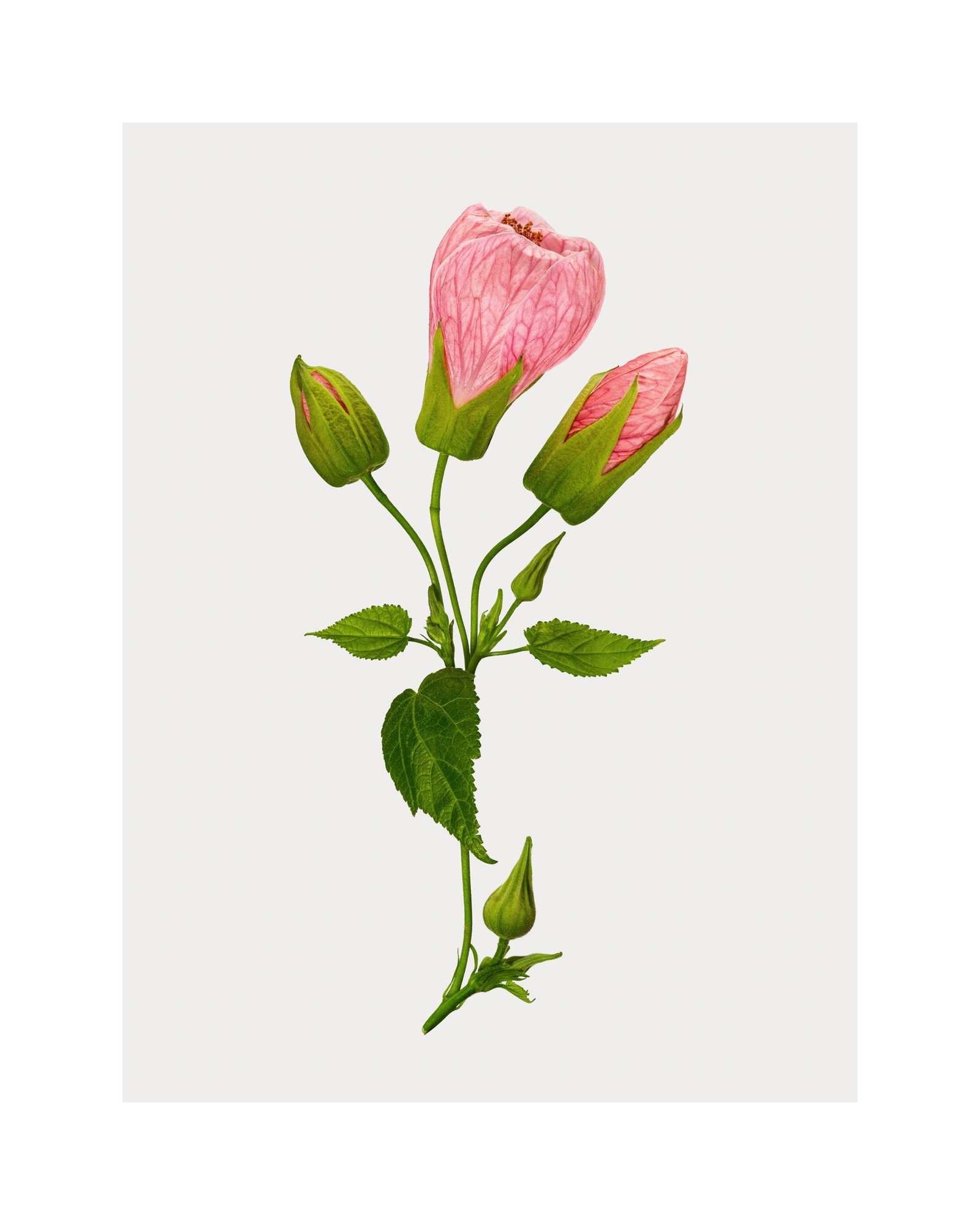
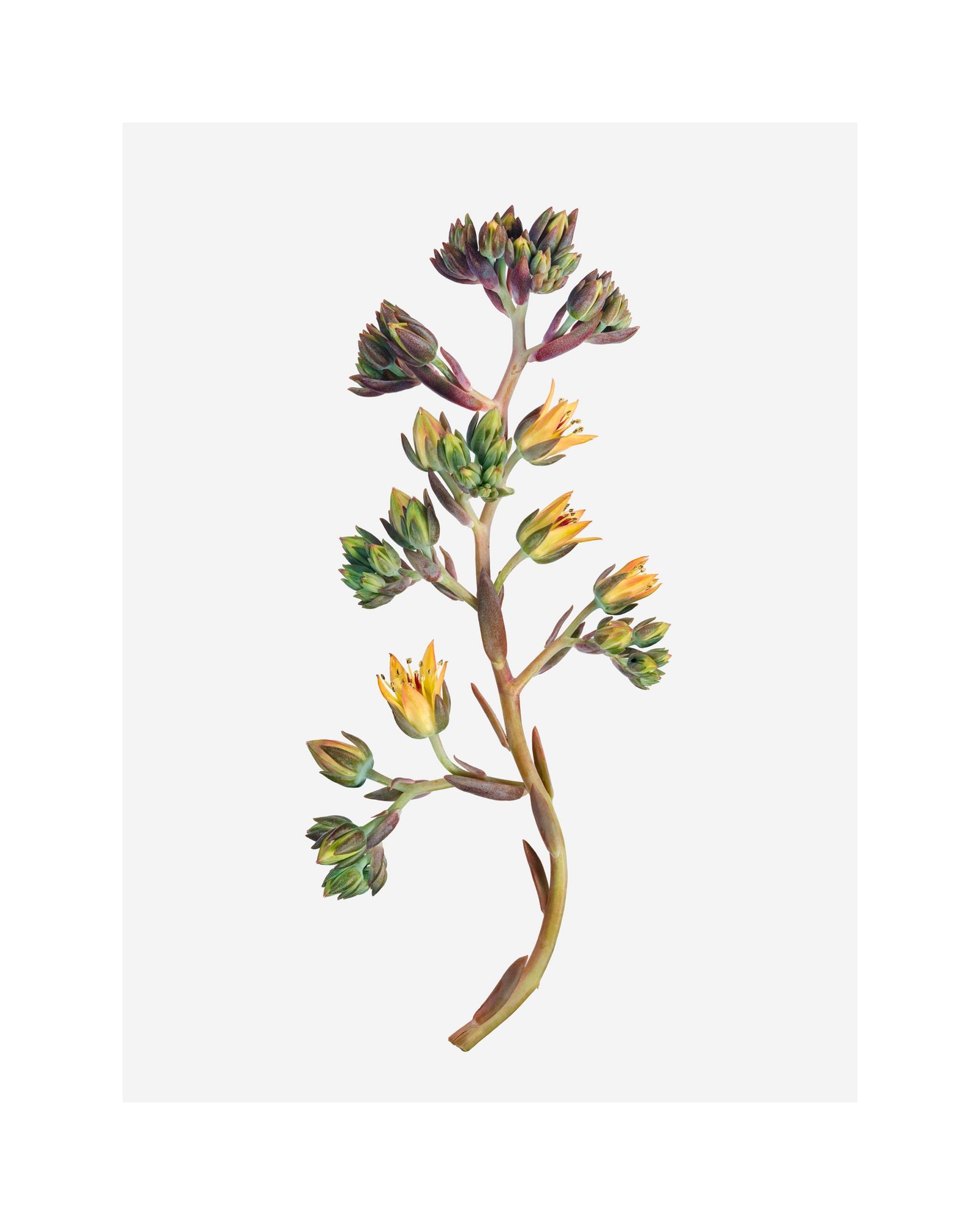
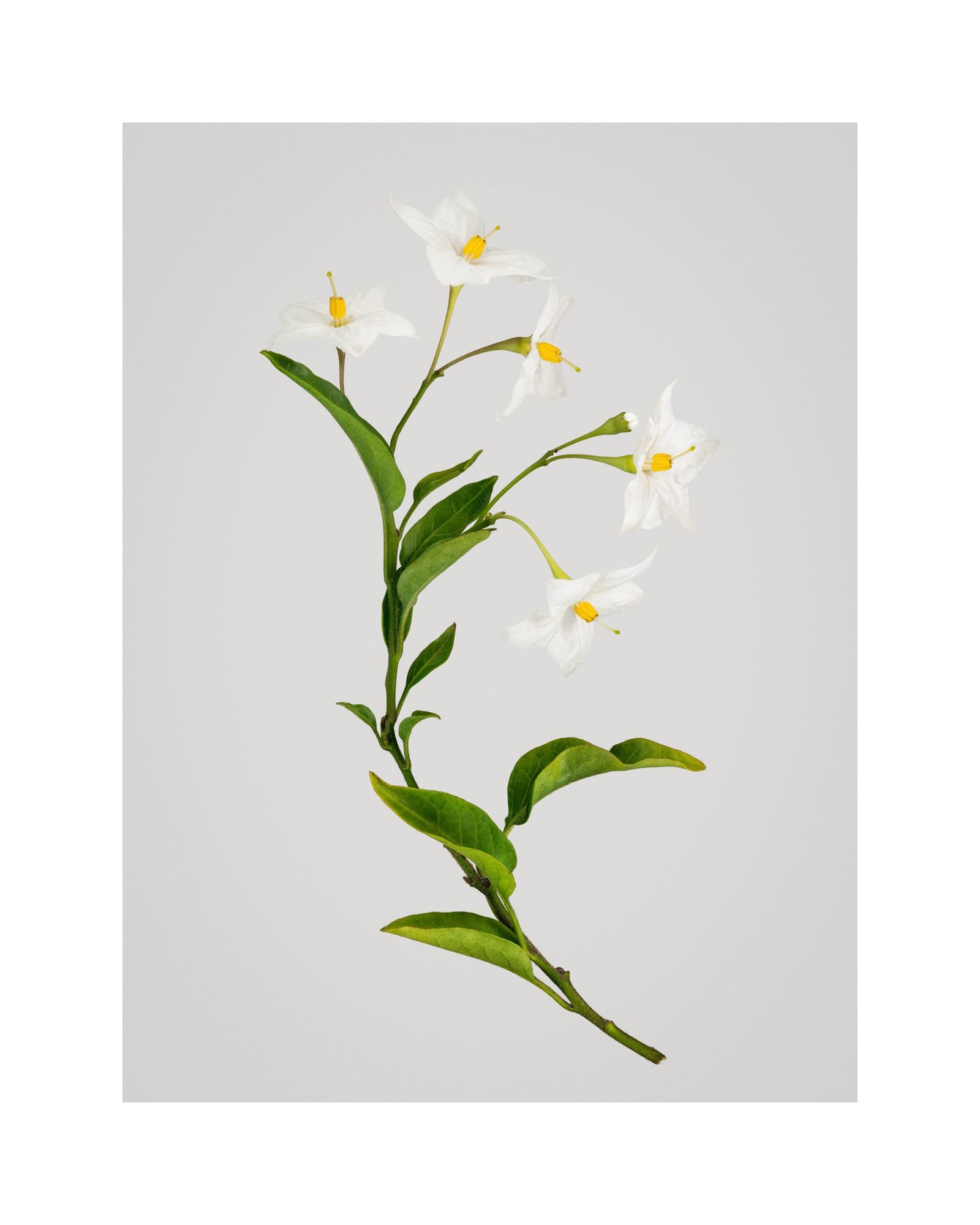

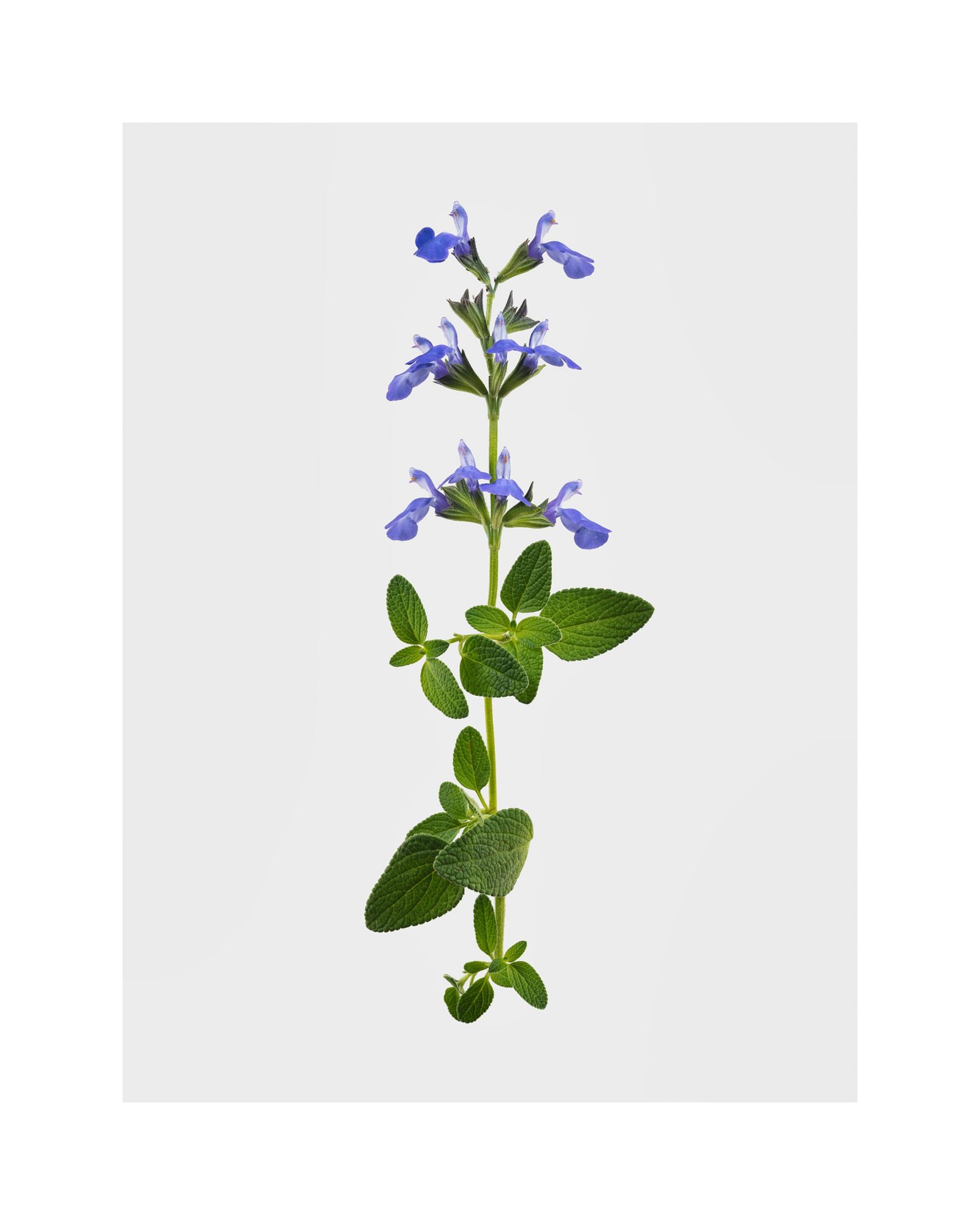


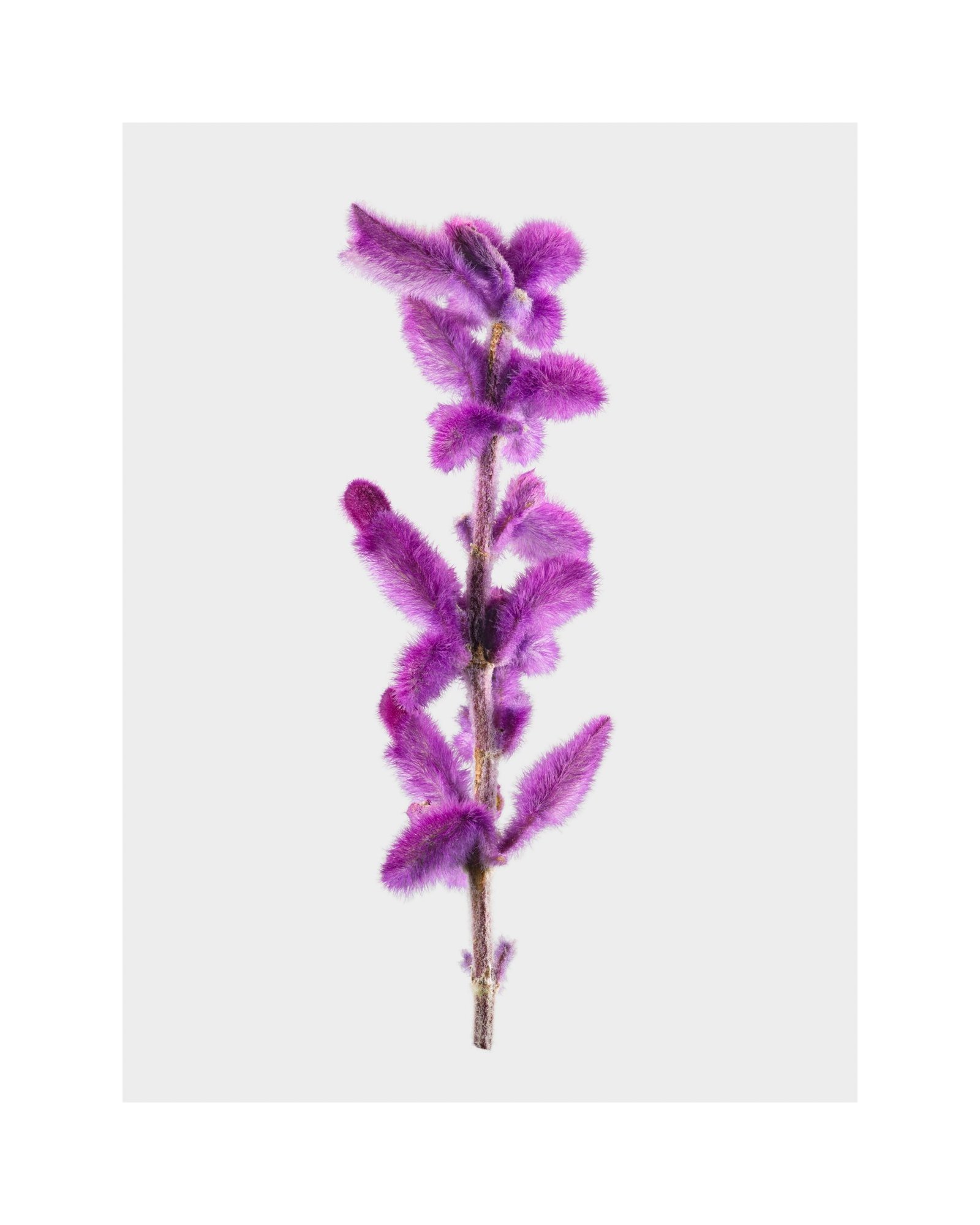
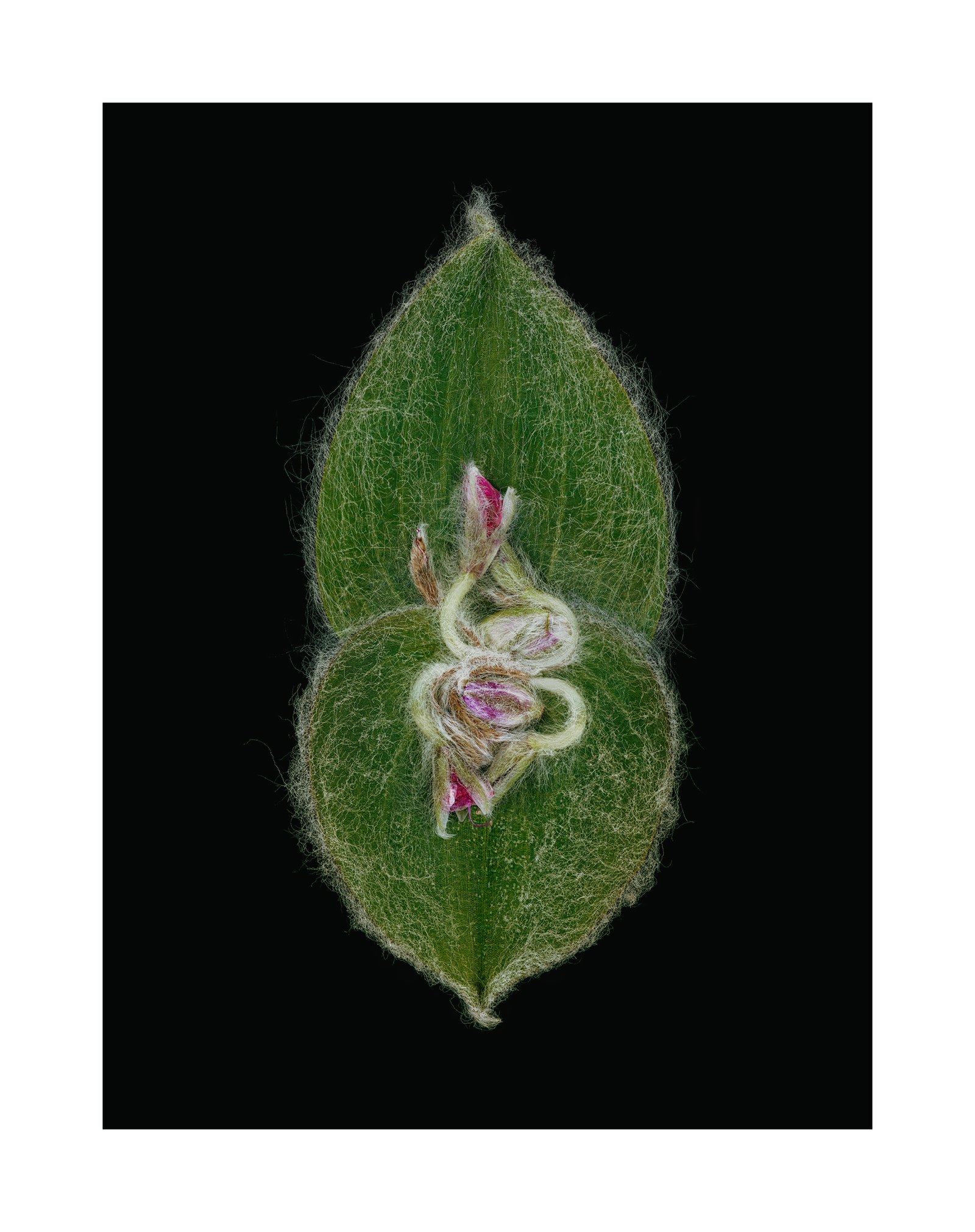
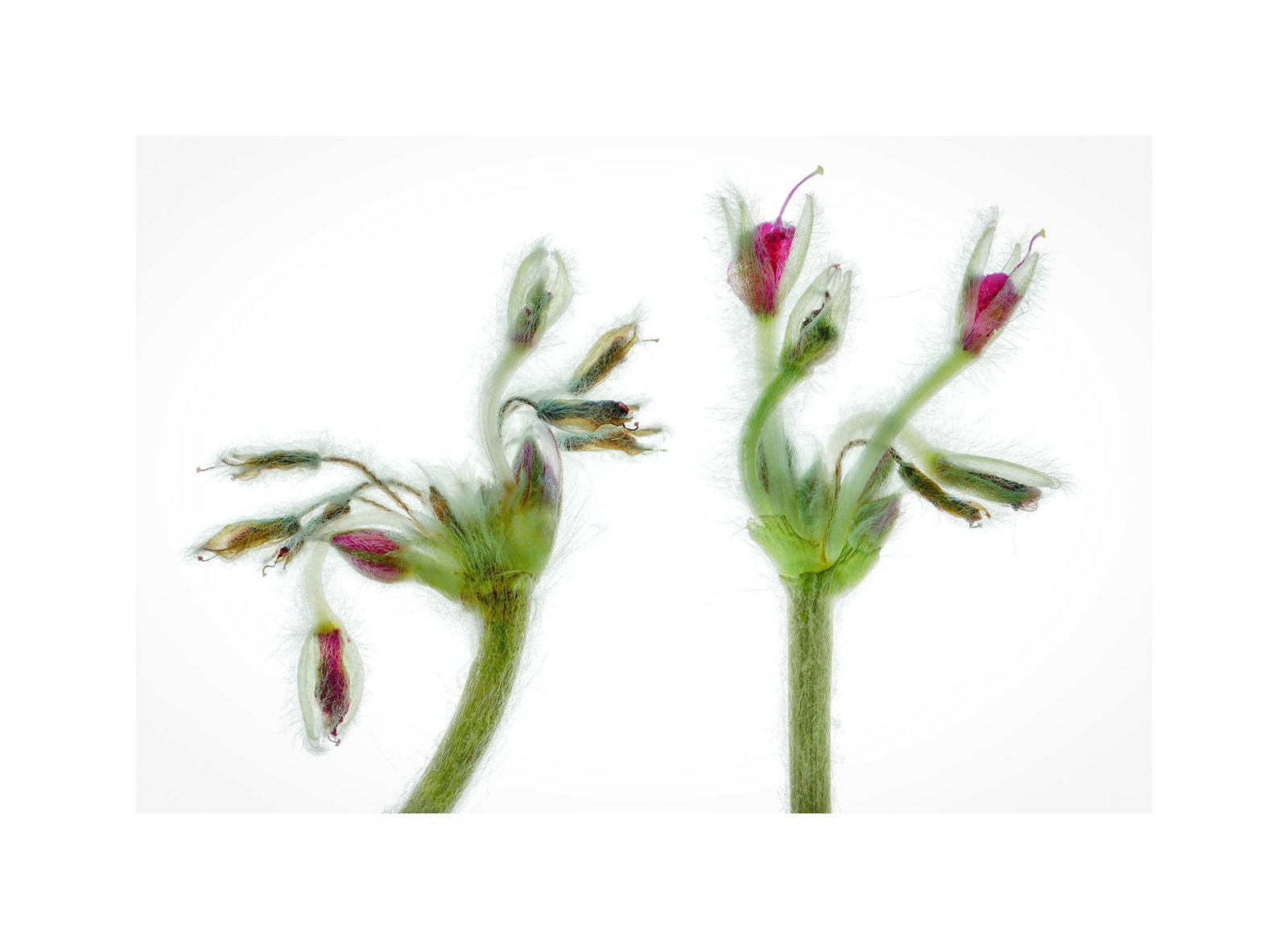
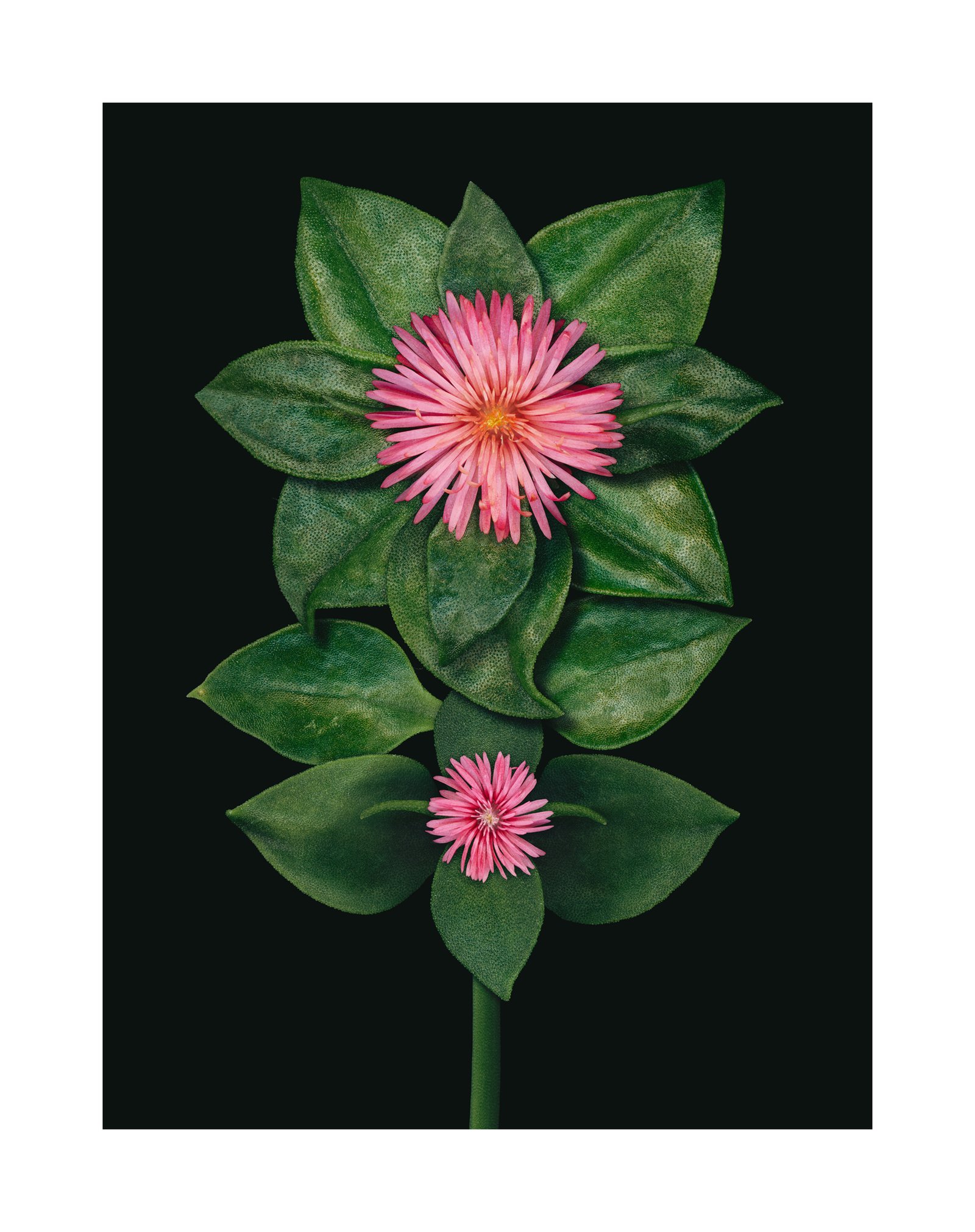




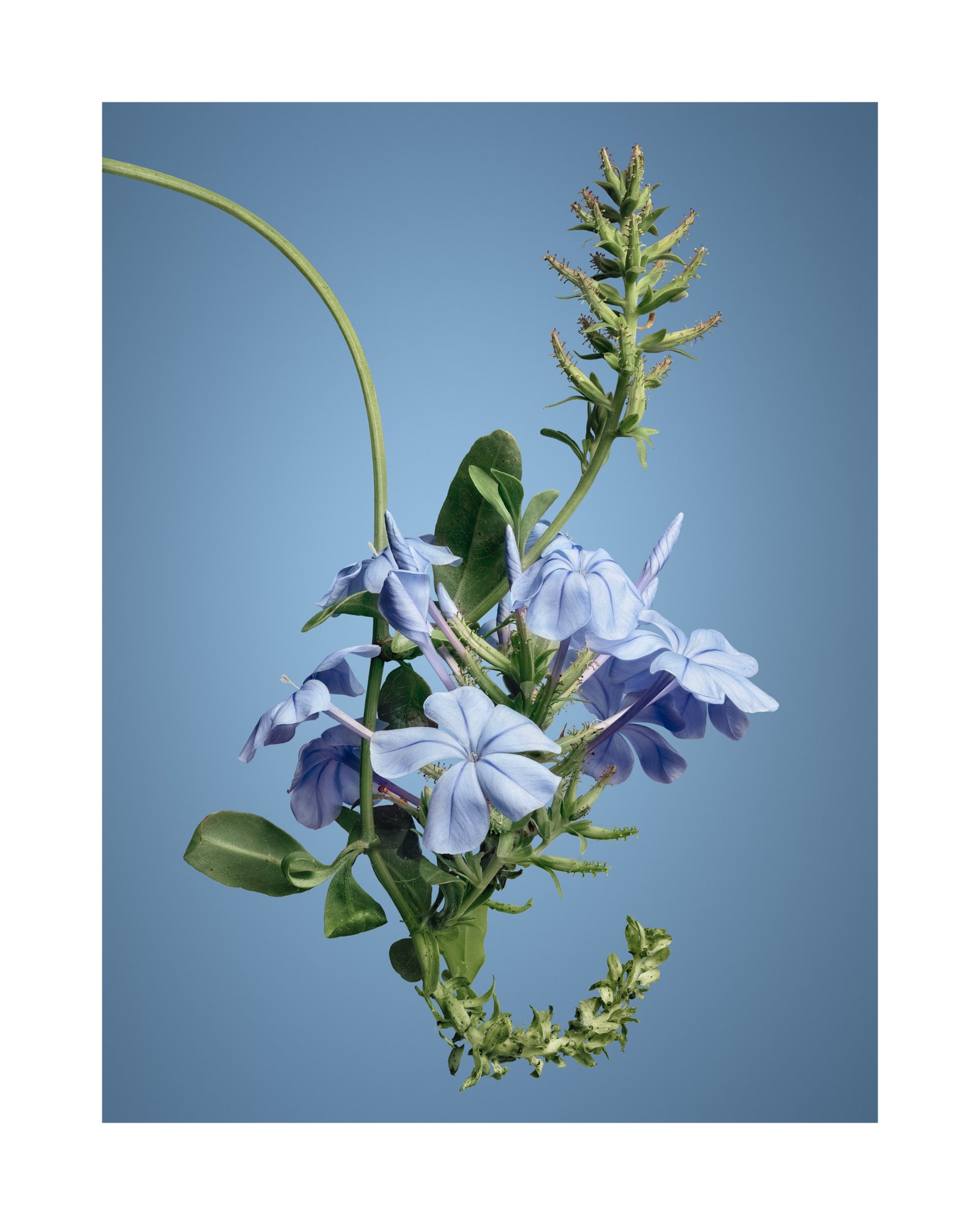




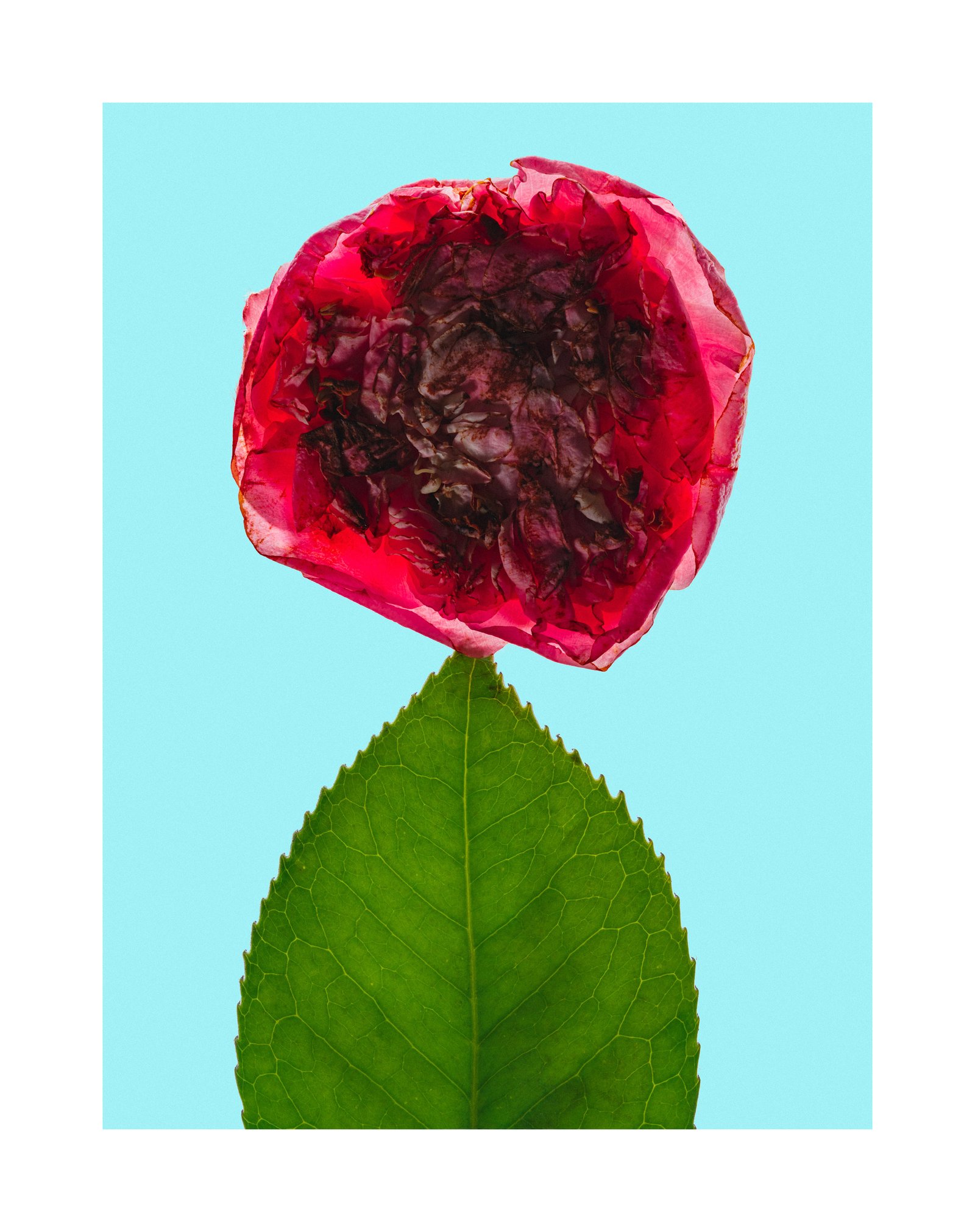
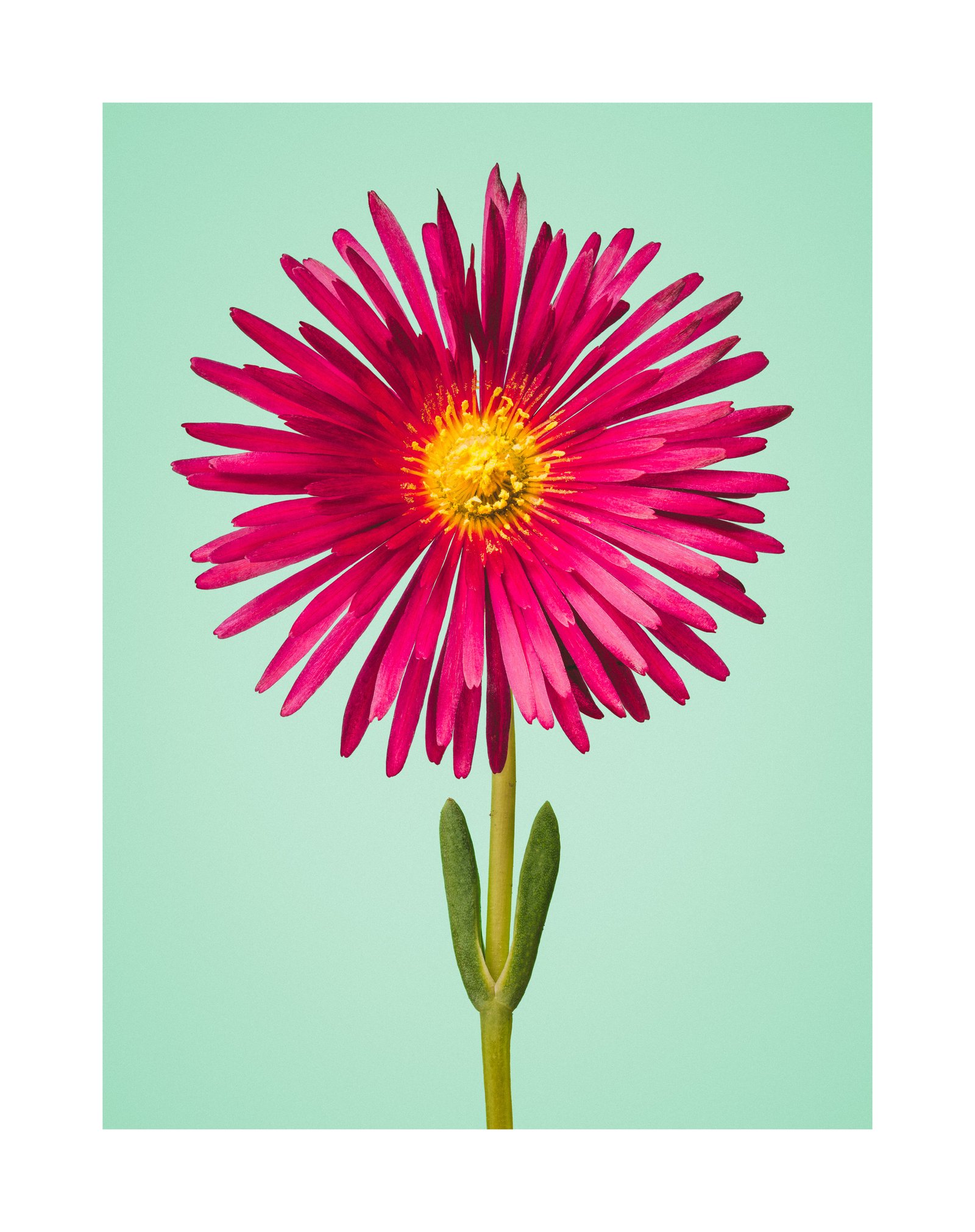

Camellia japonica (2021)

